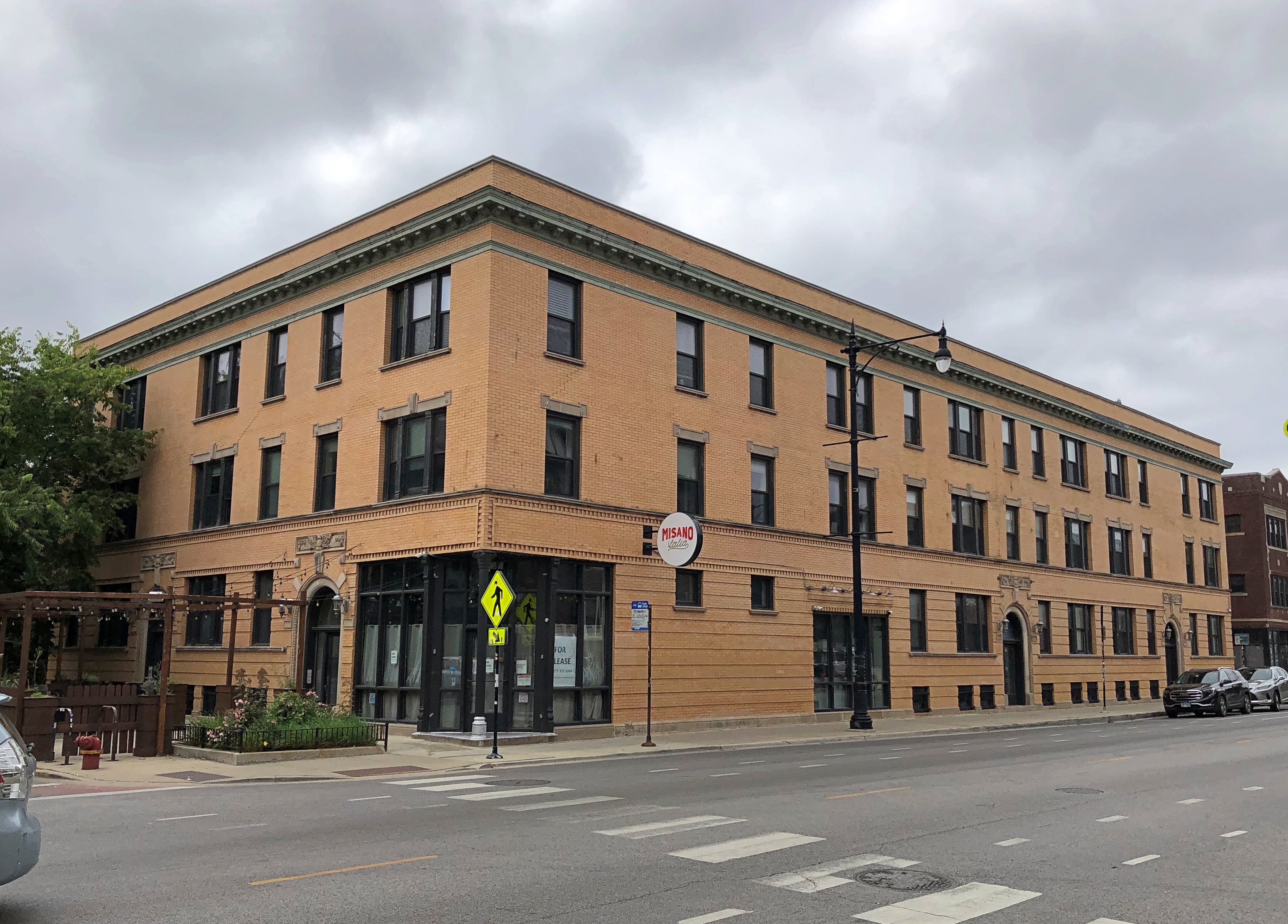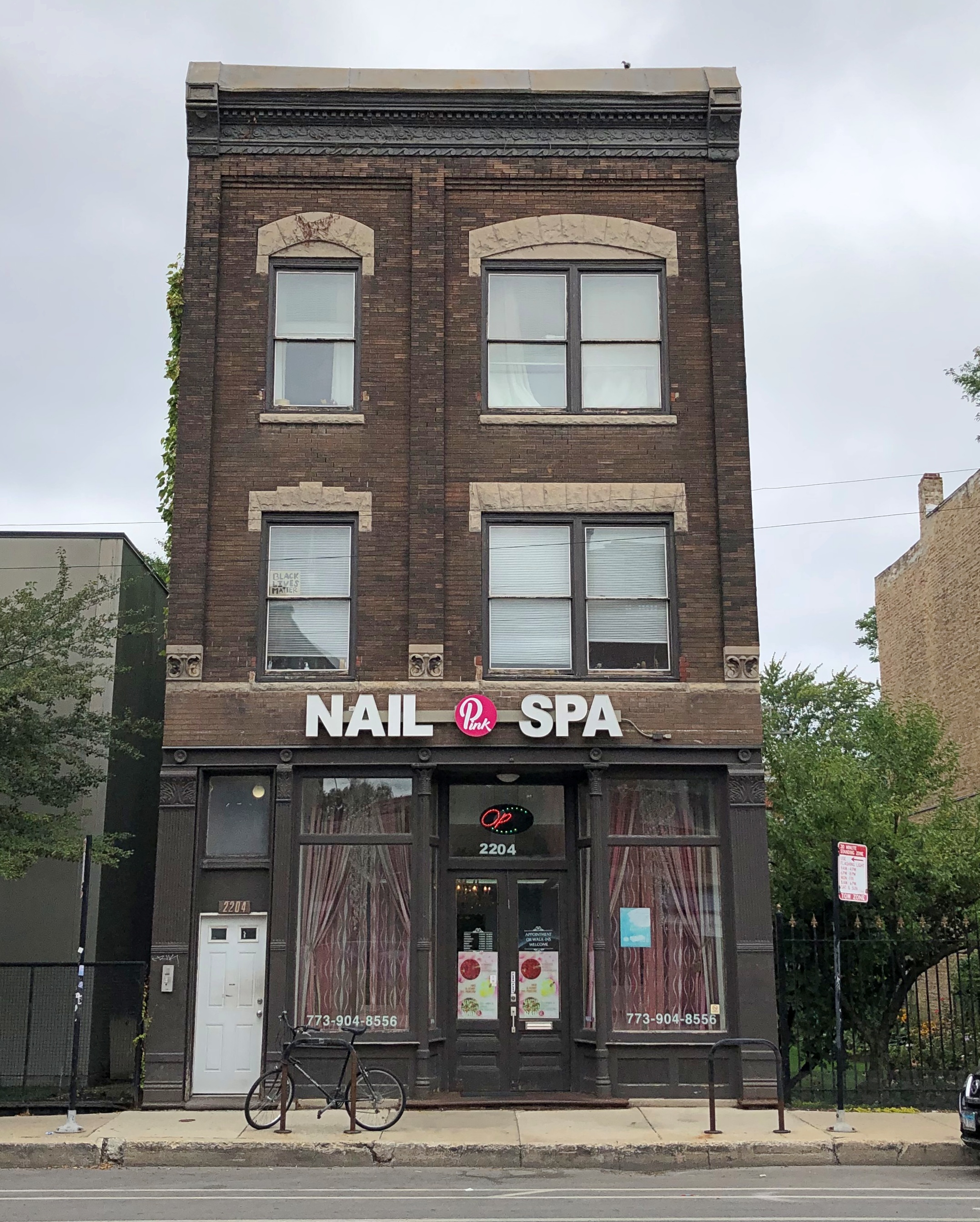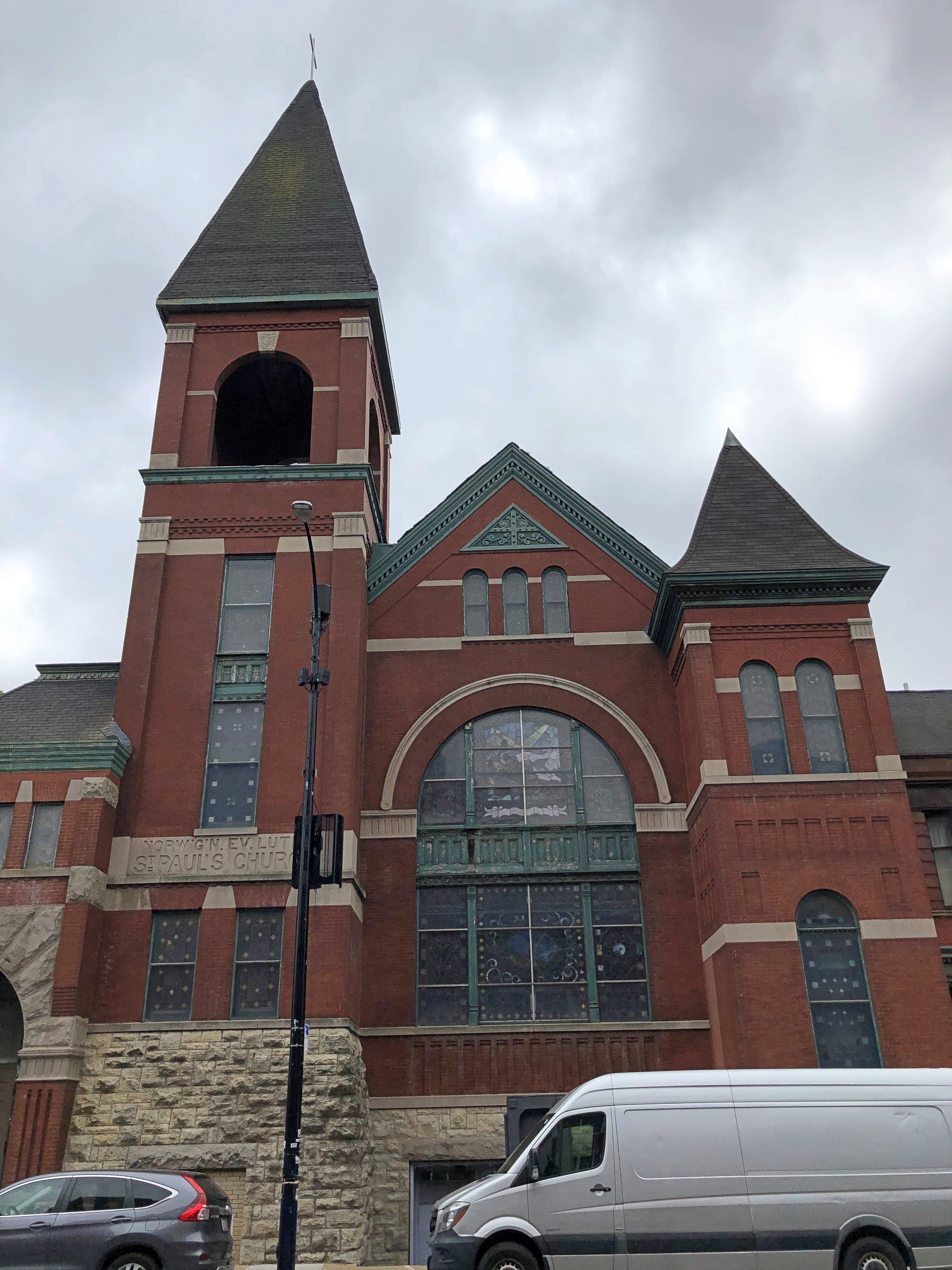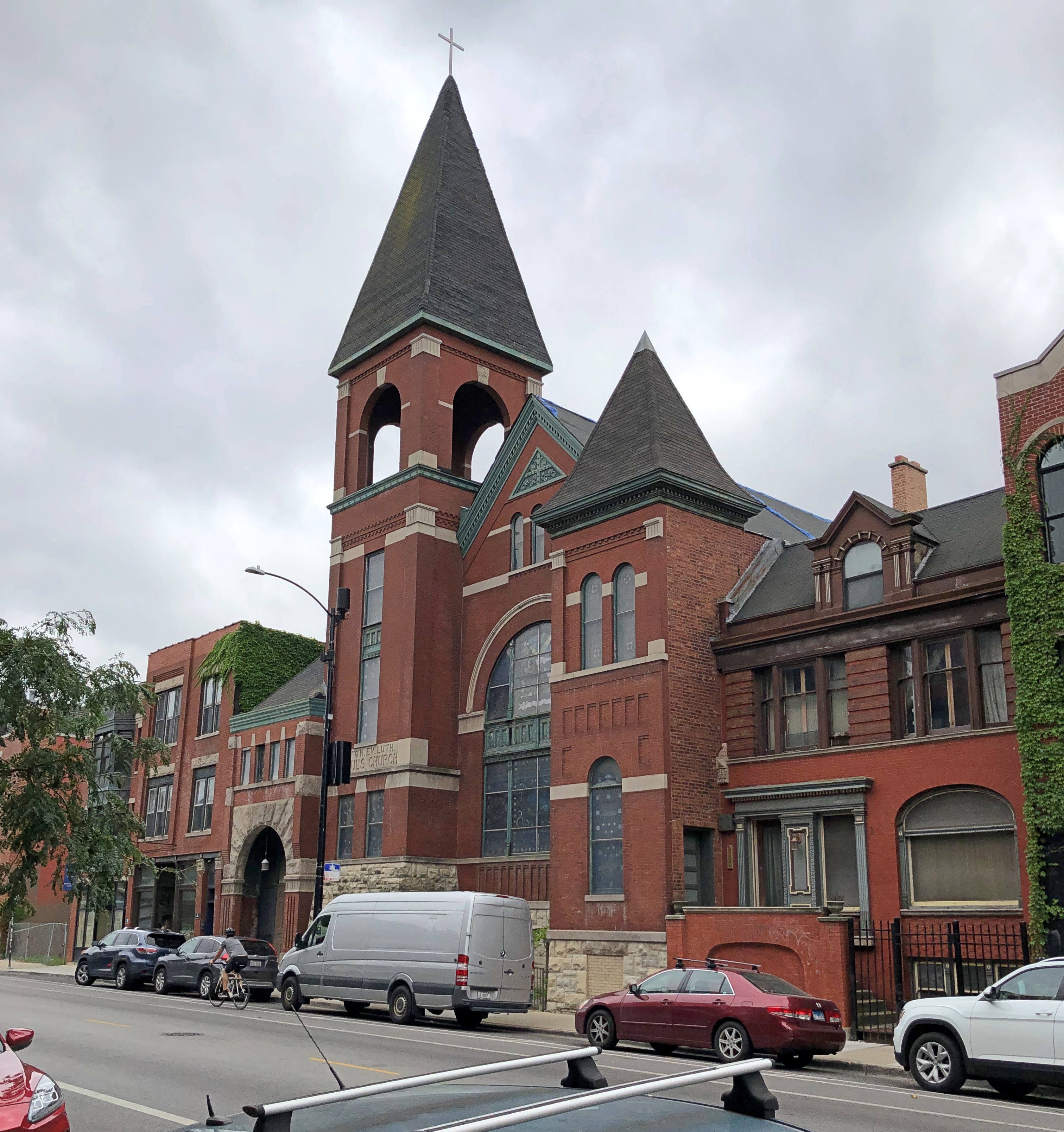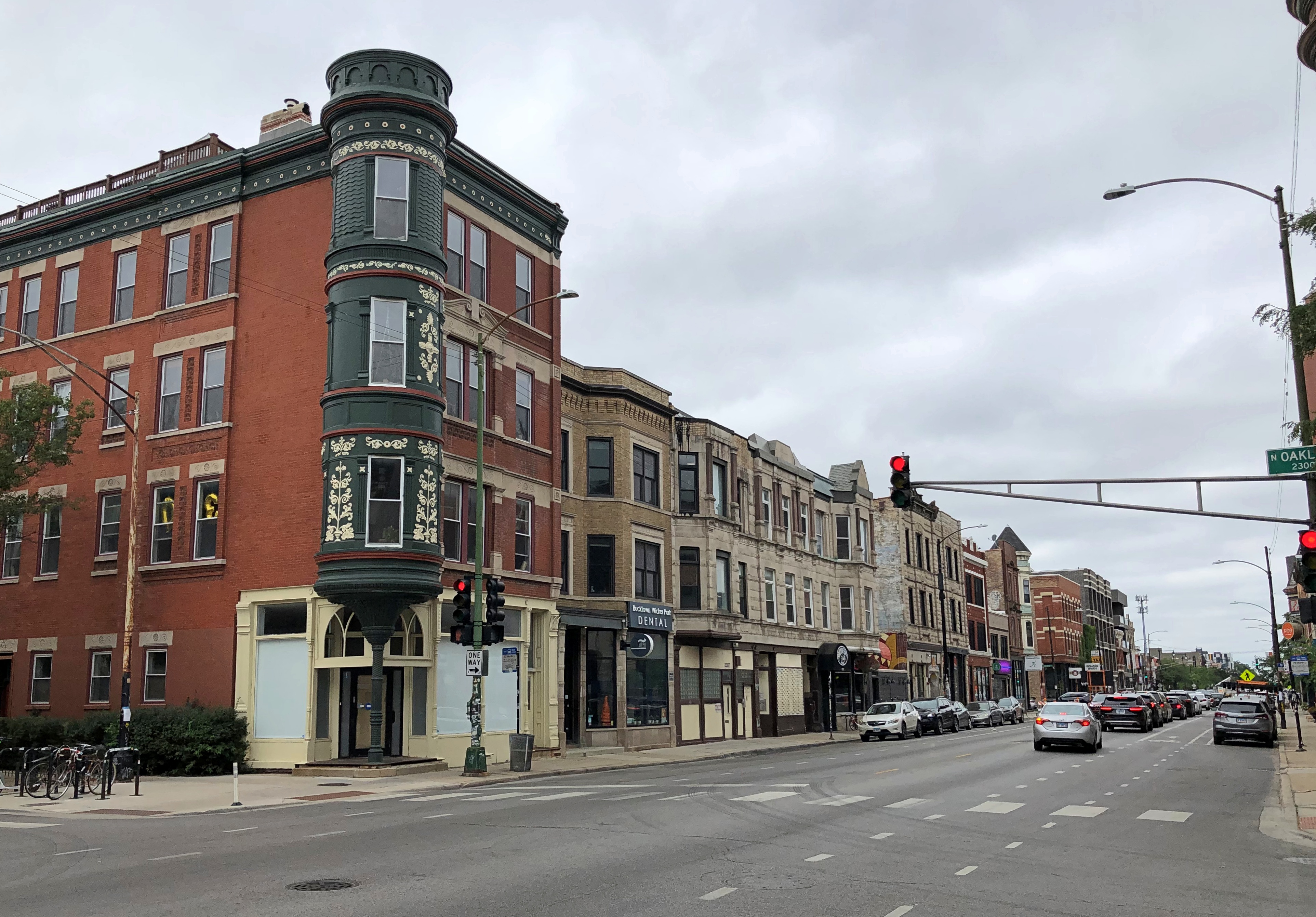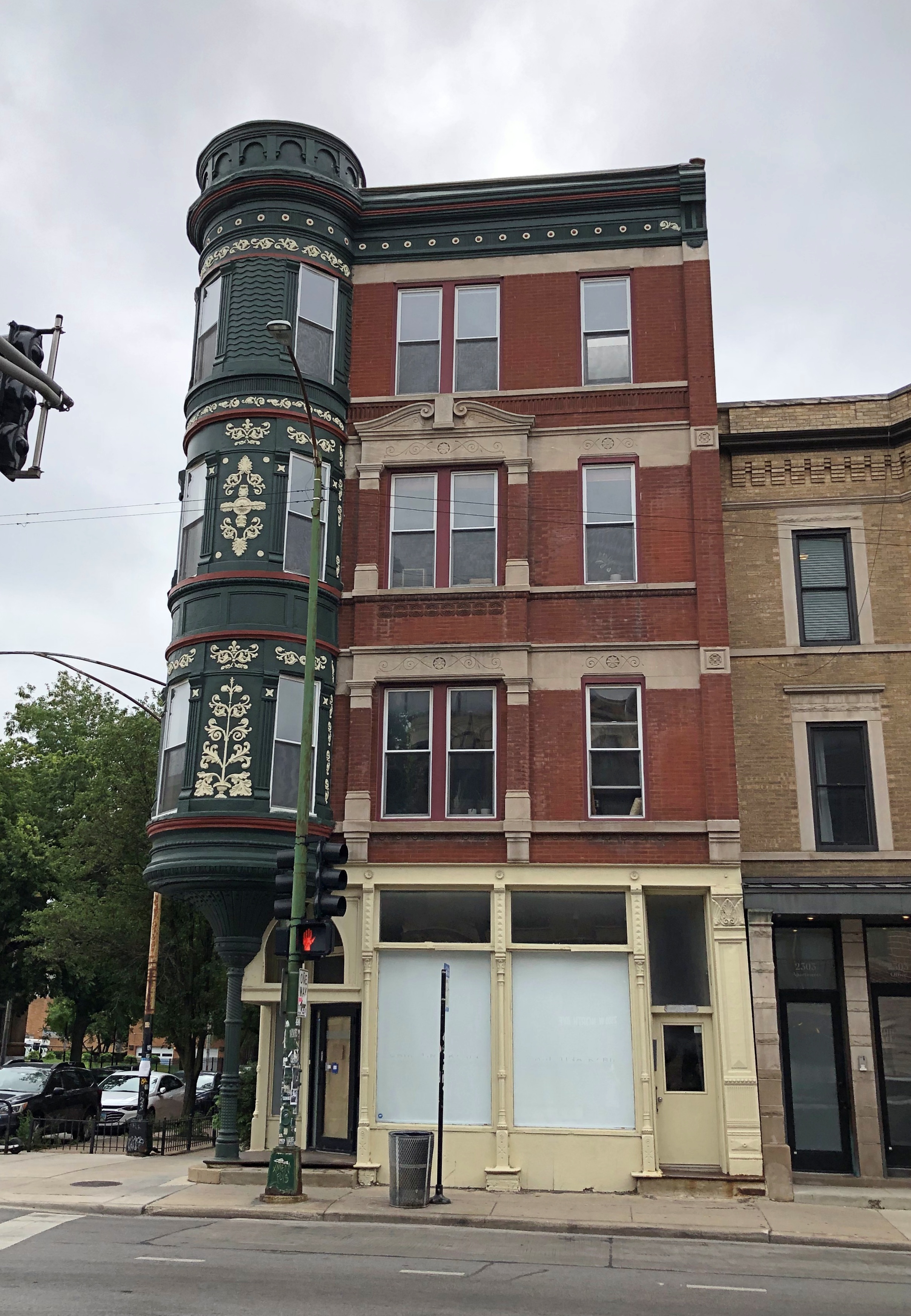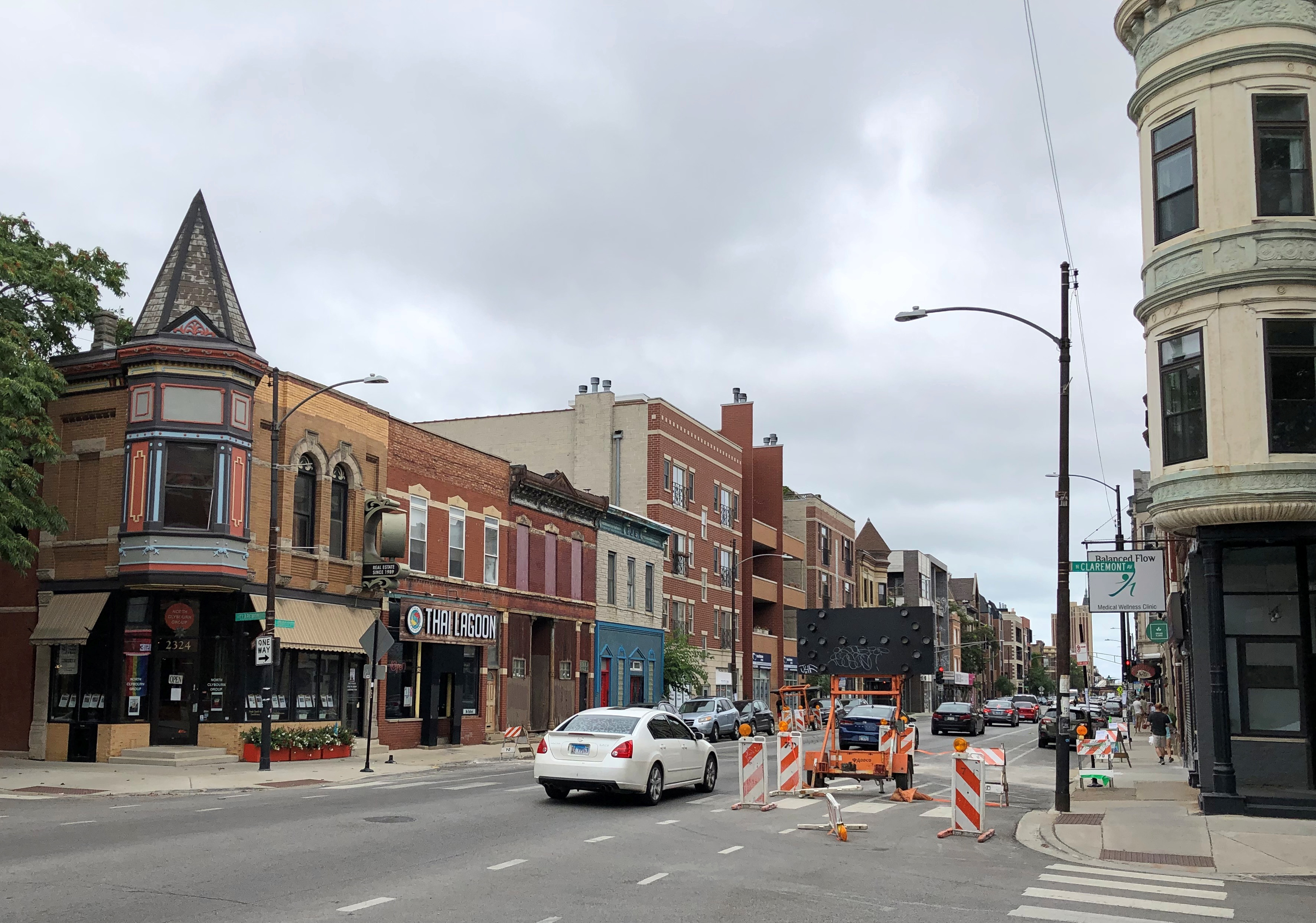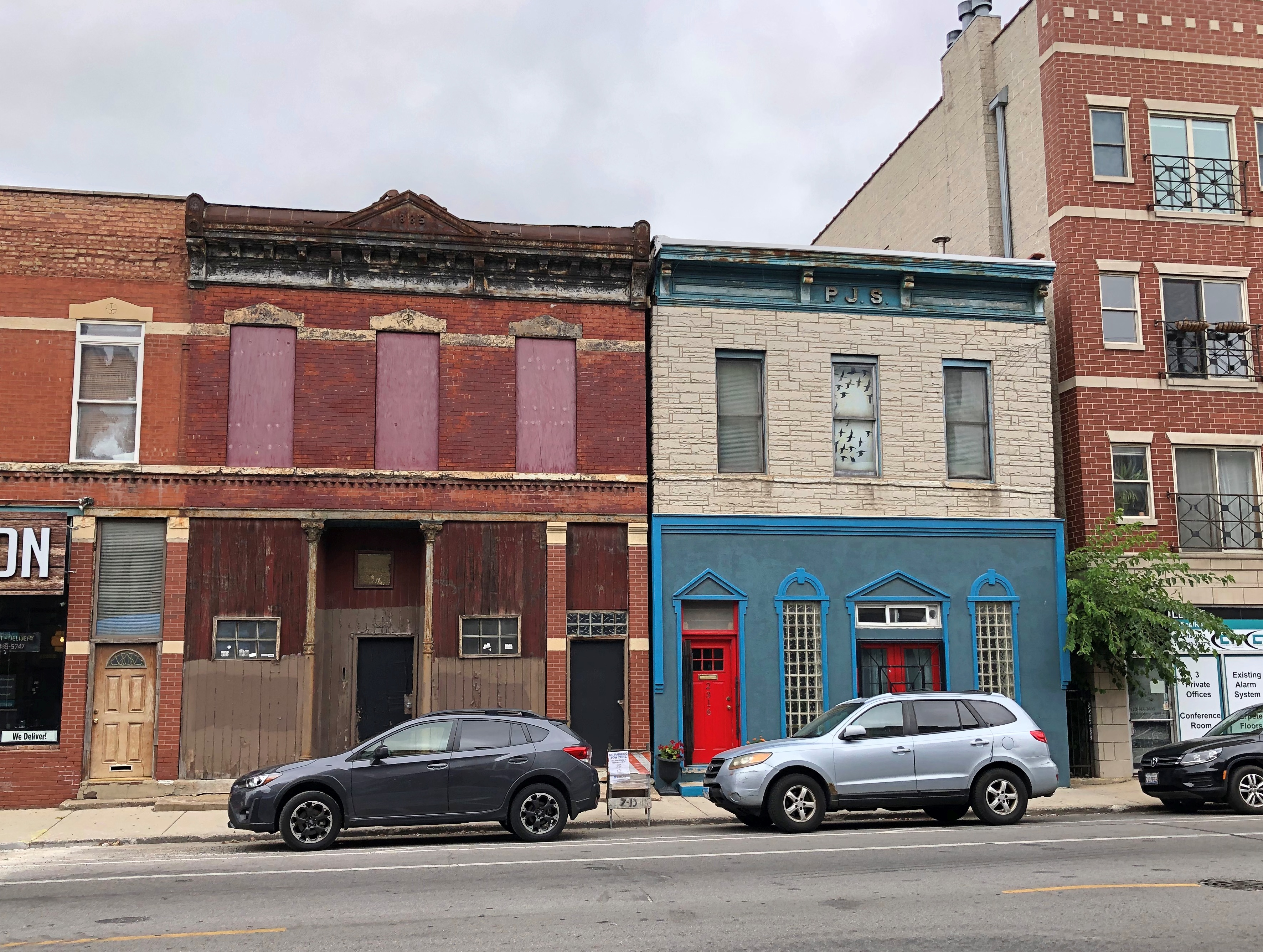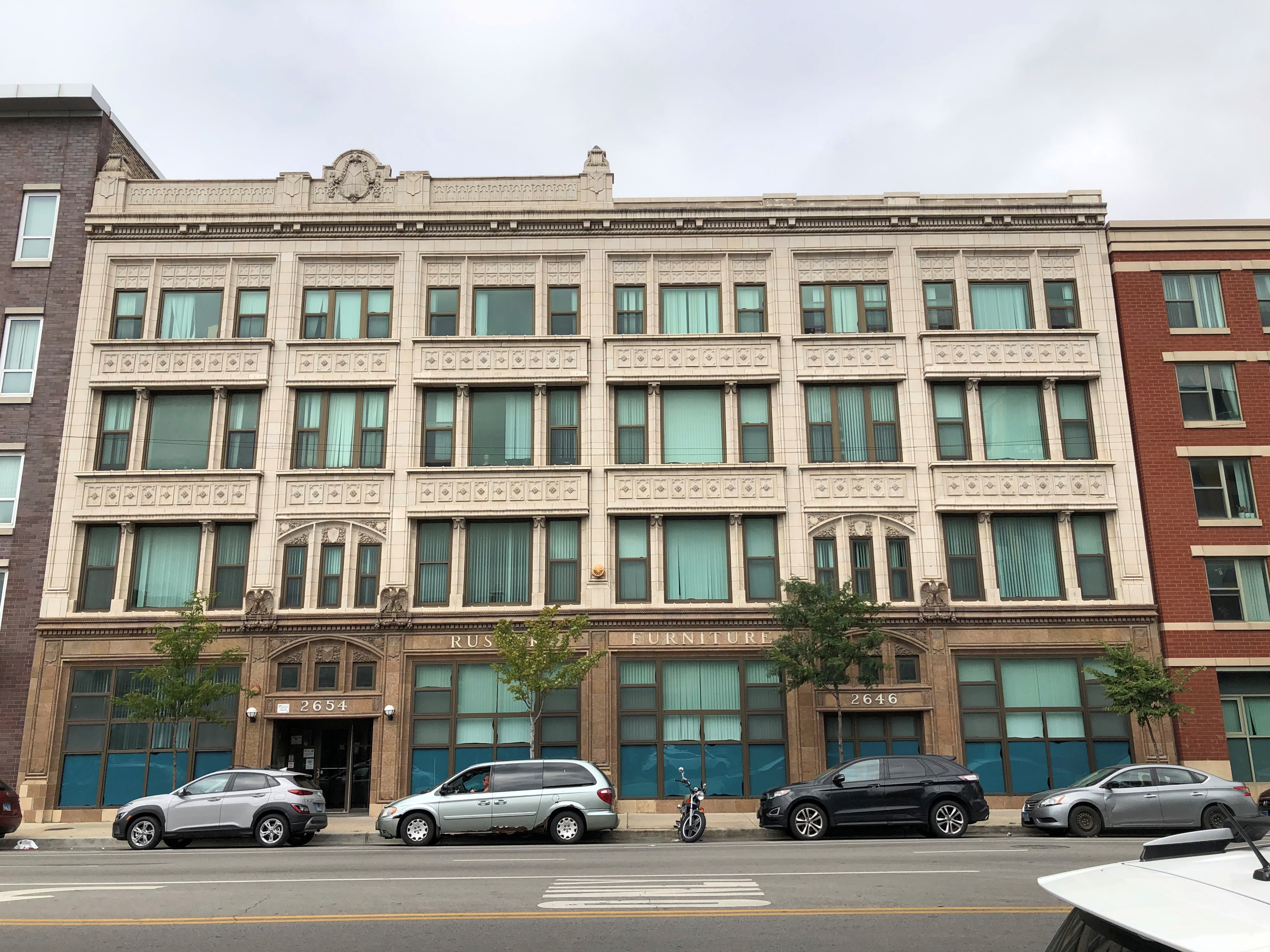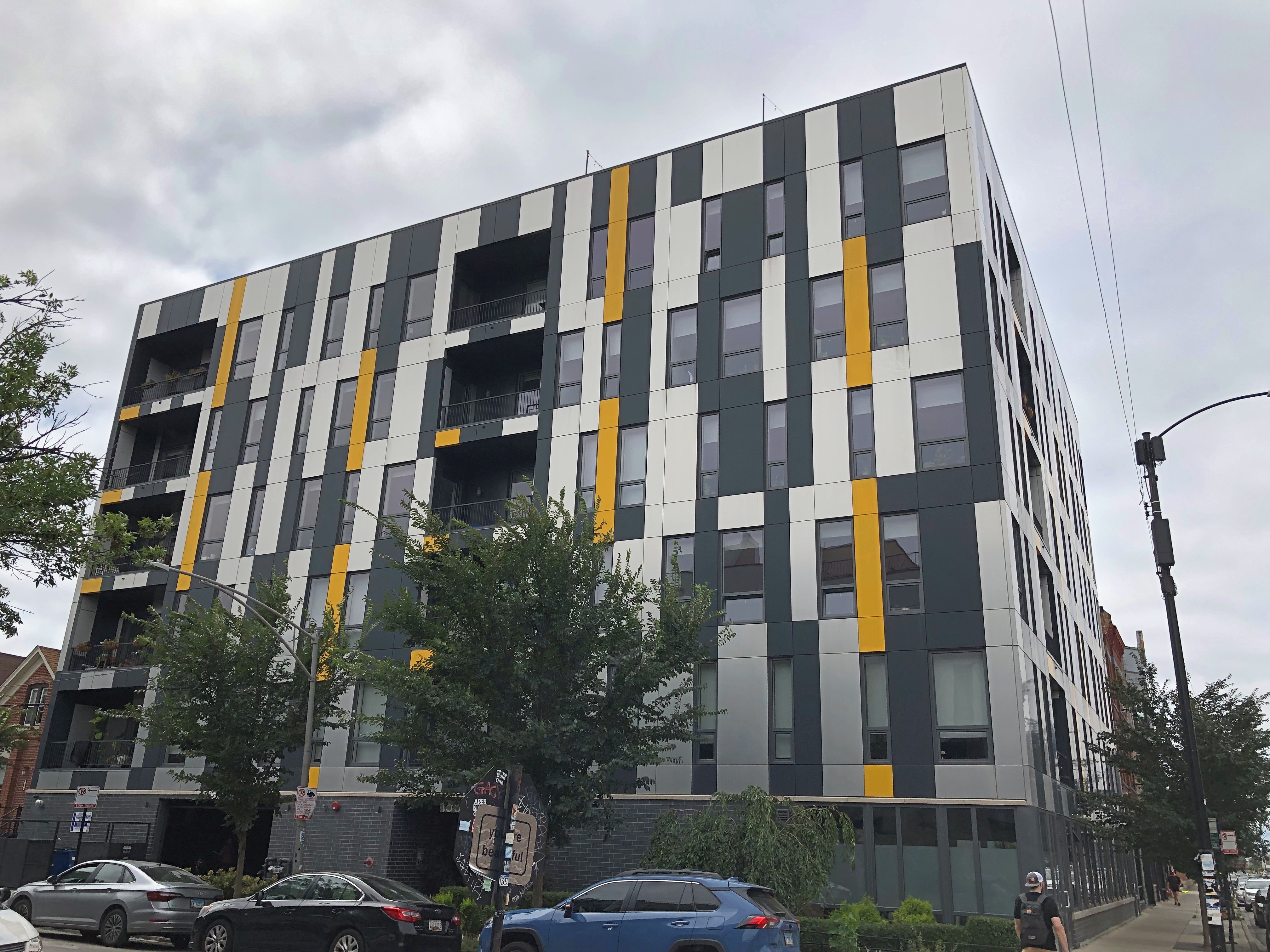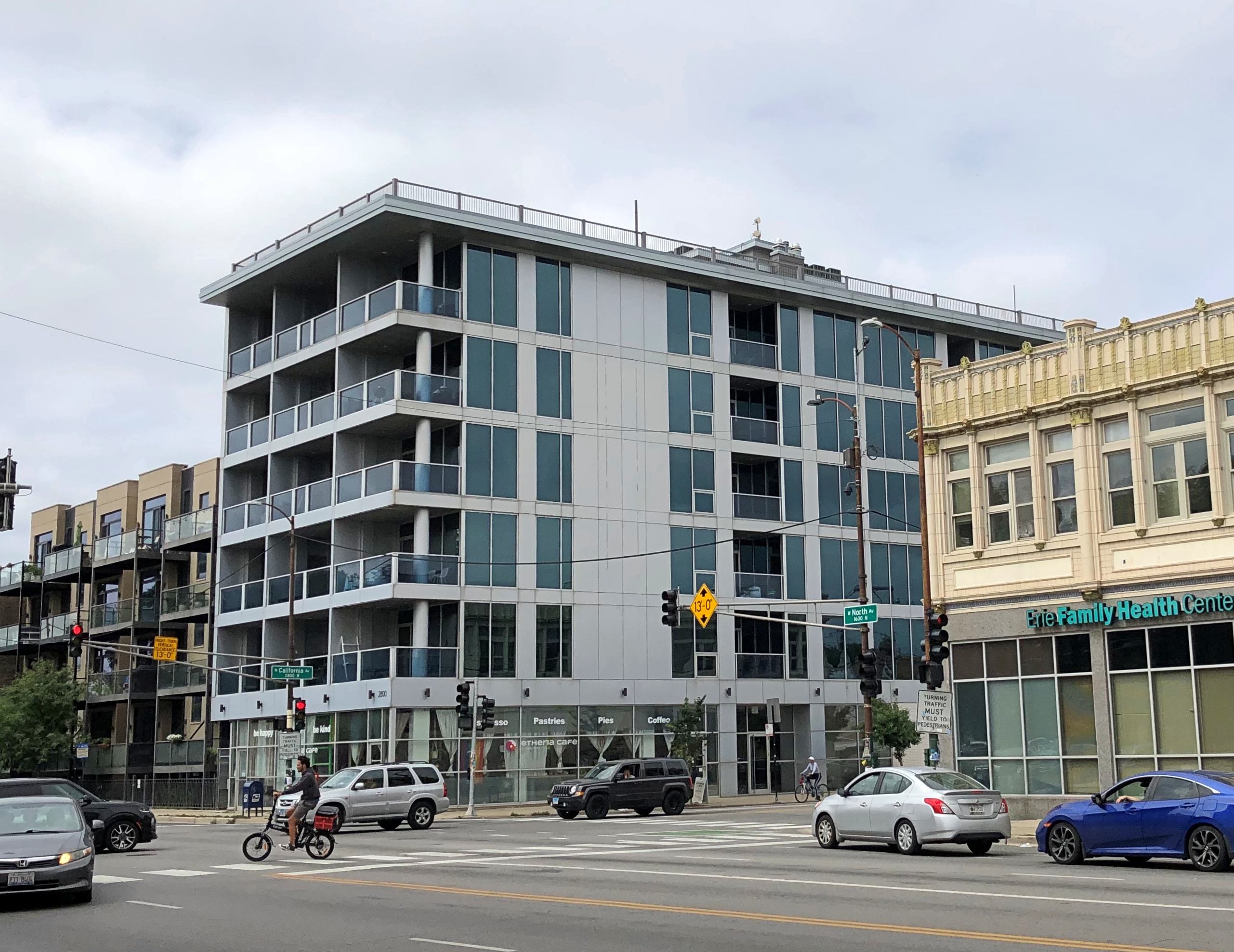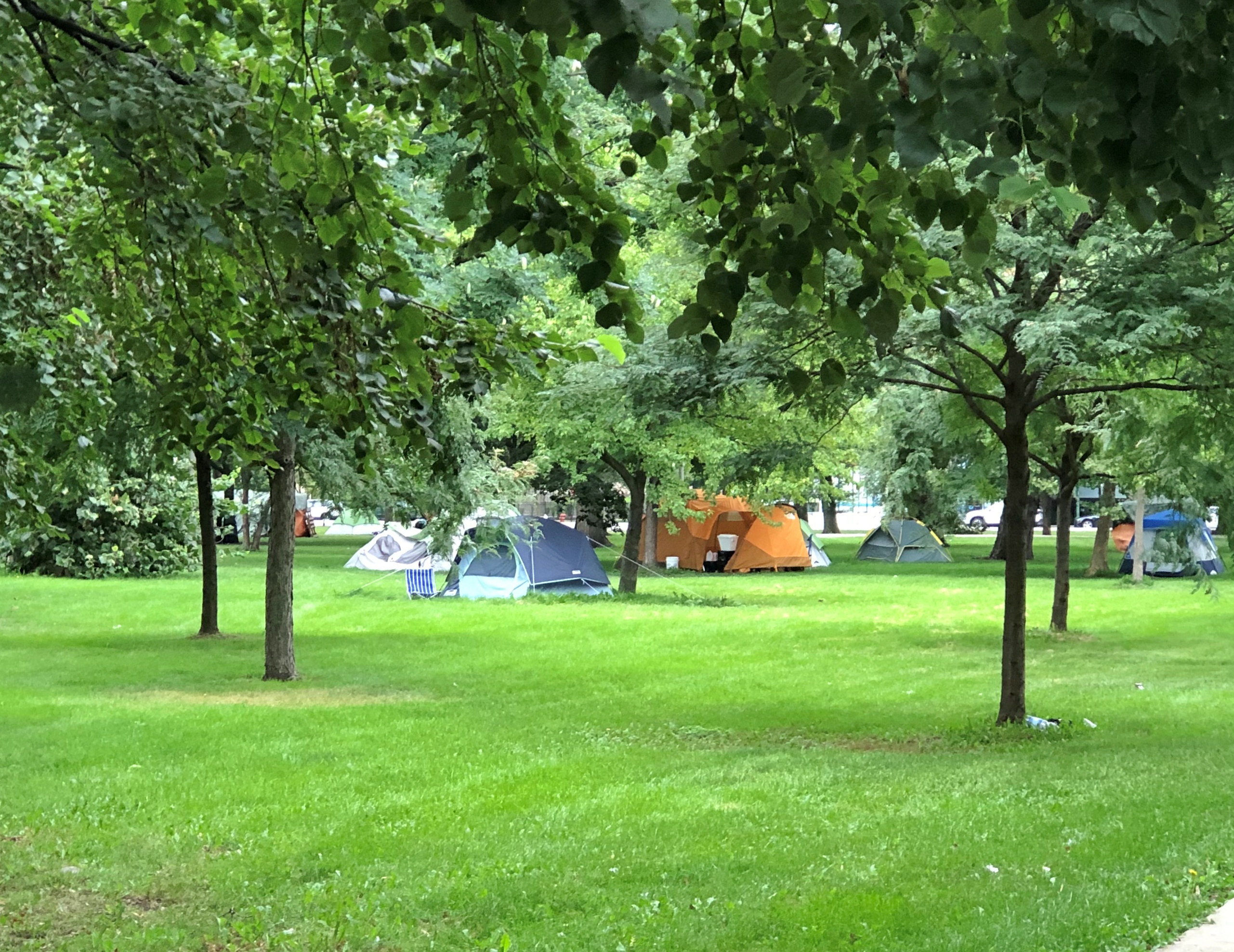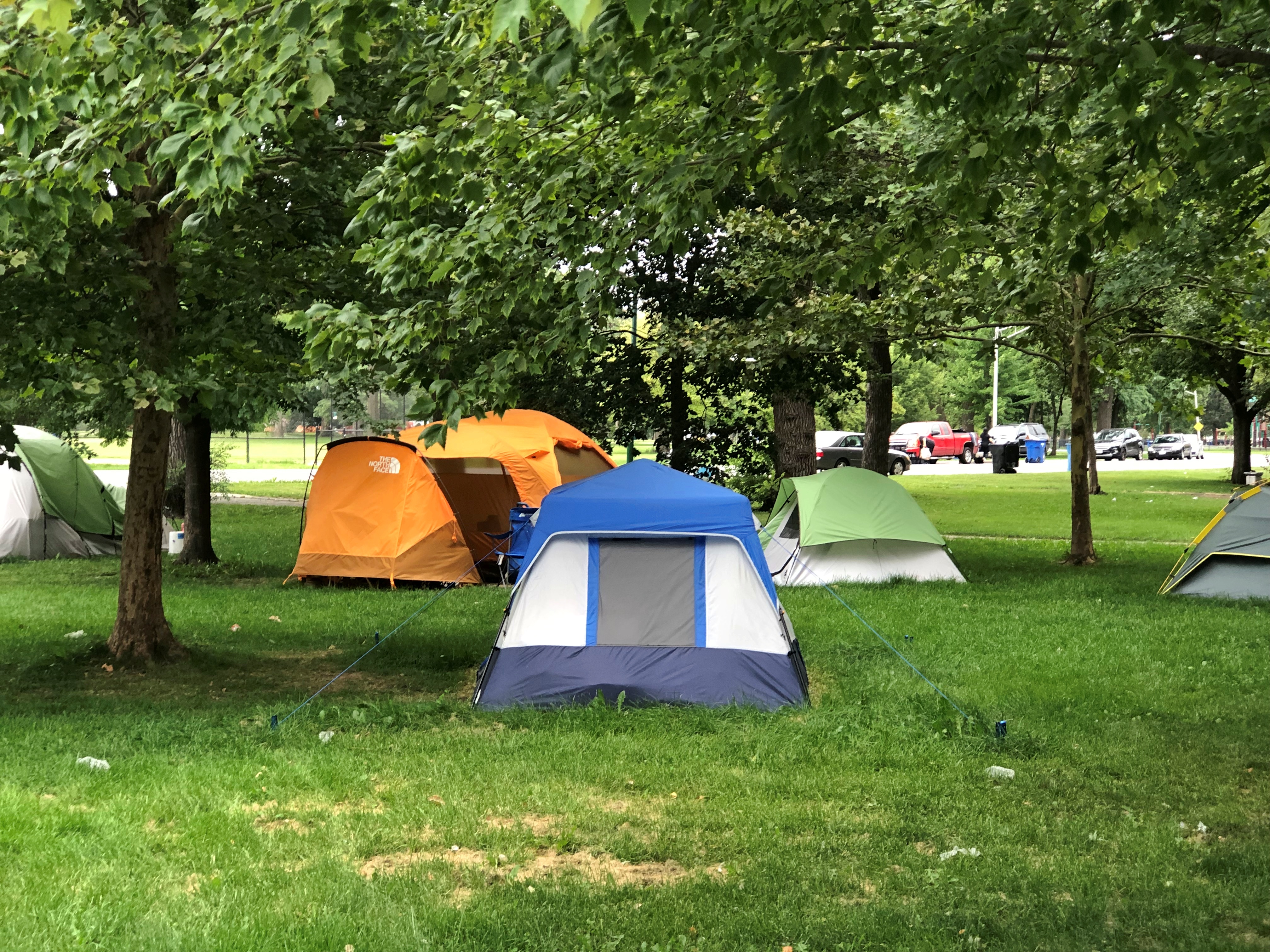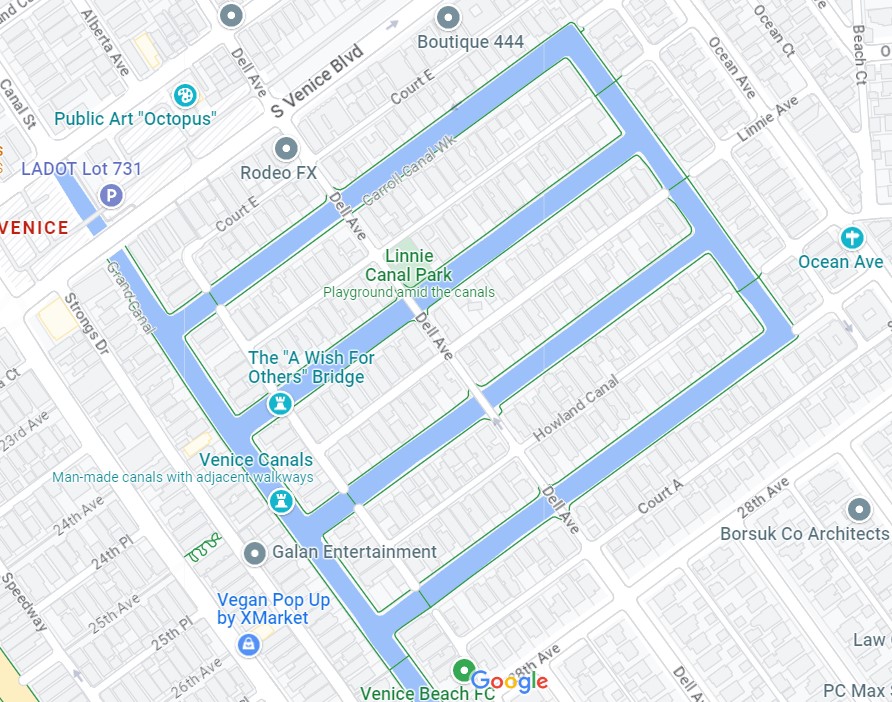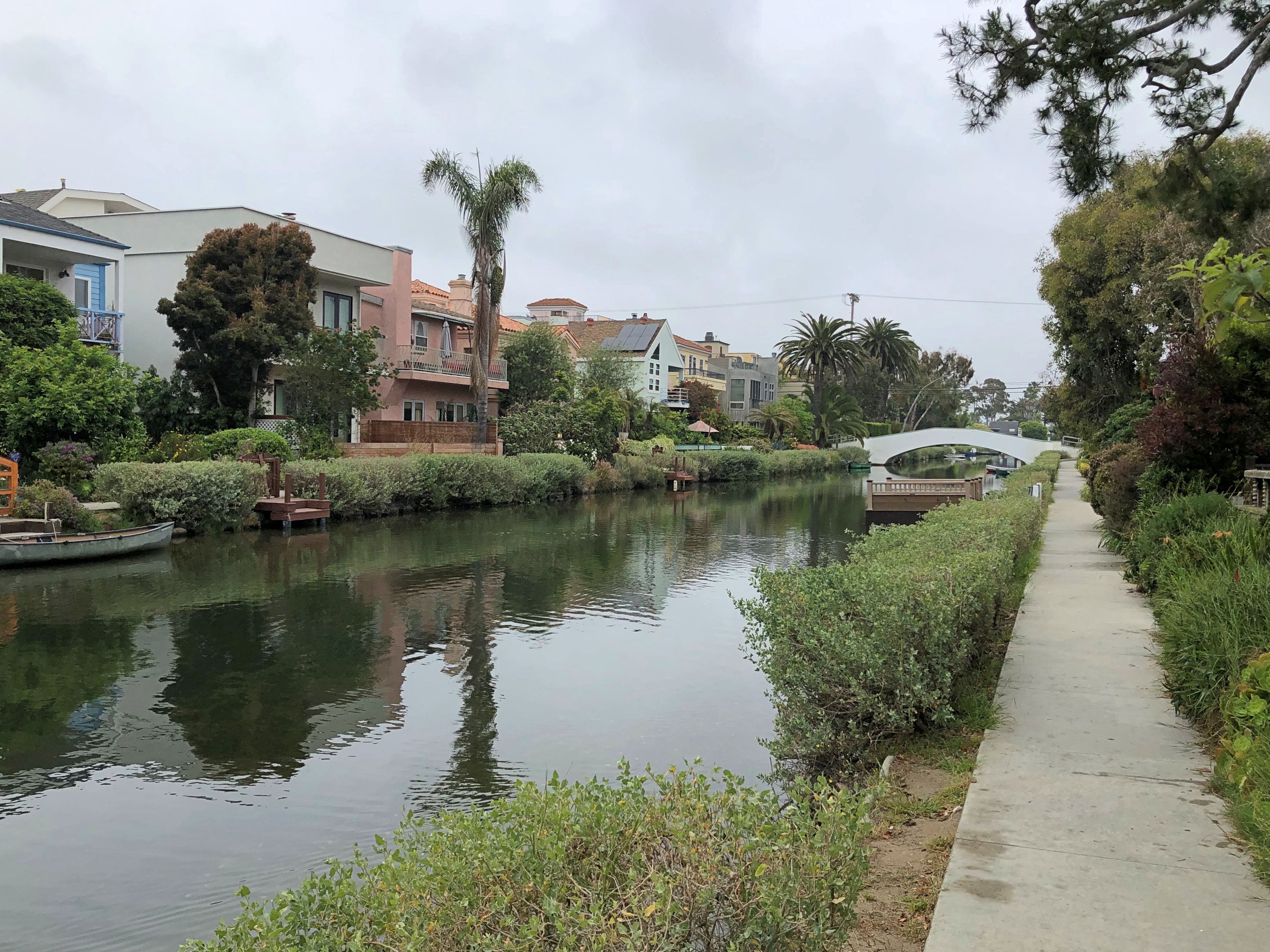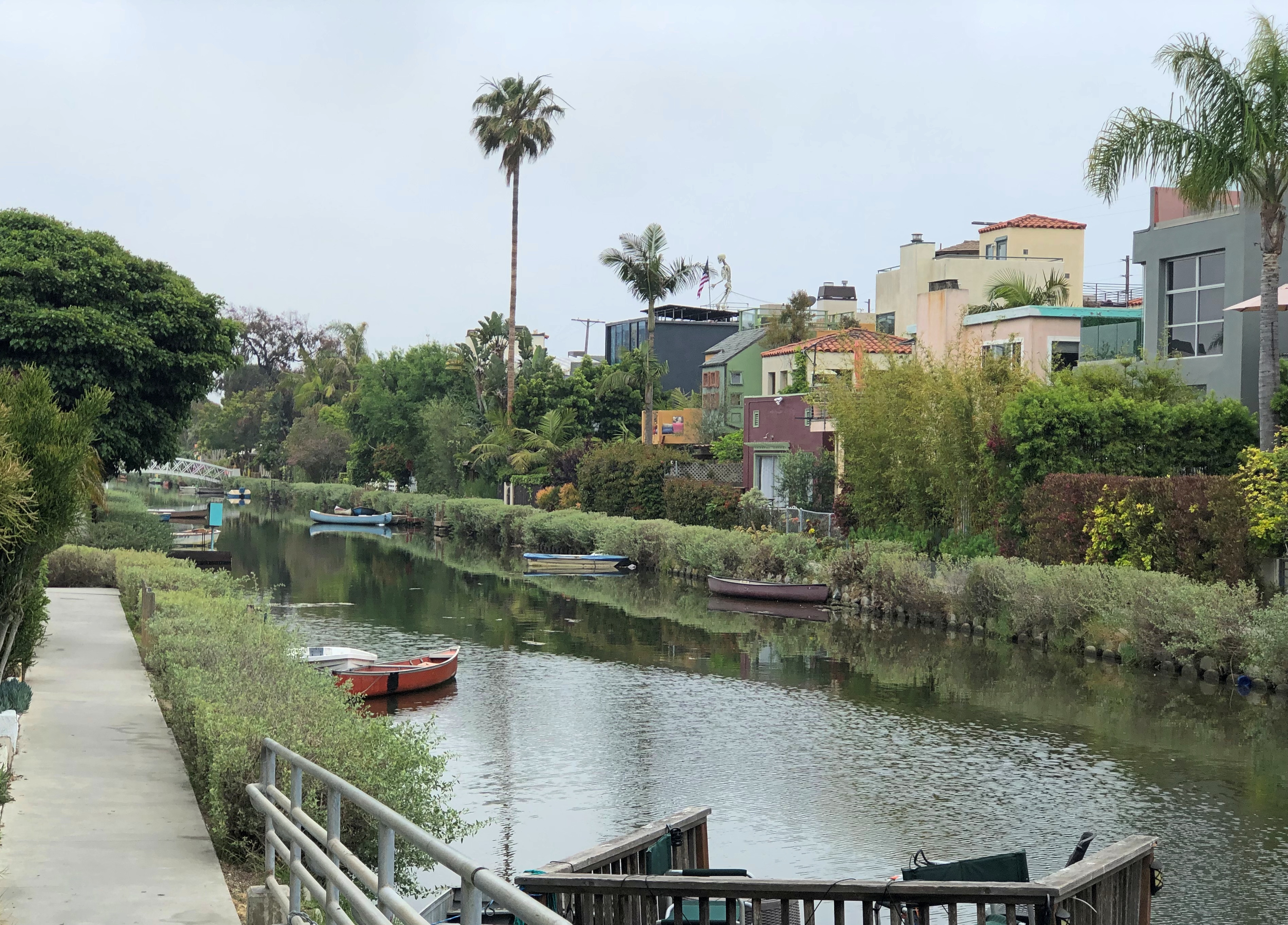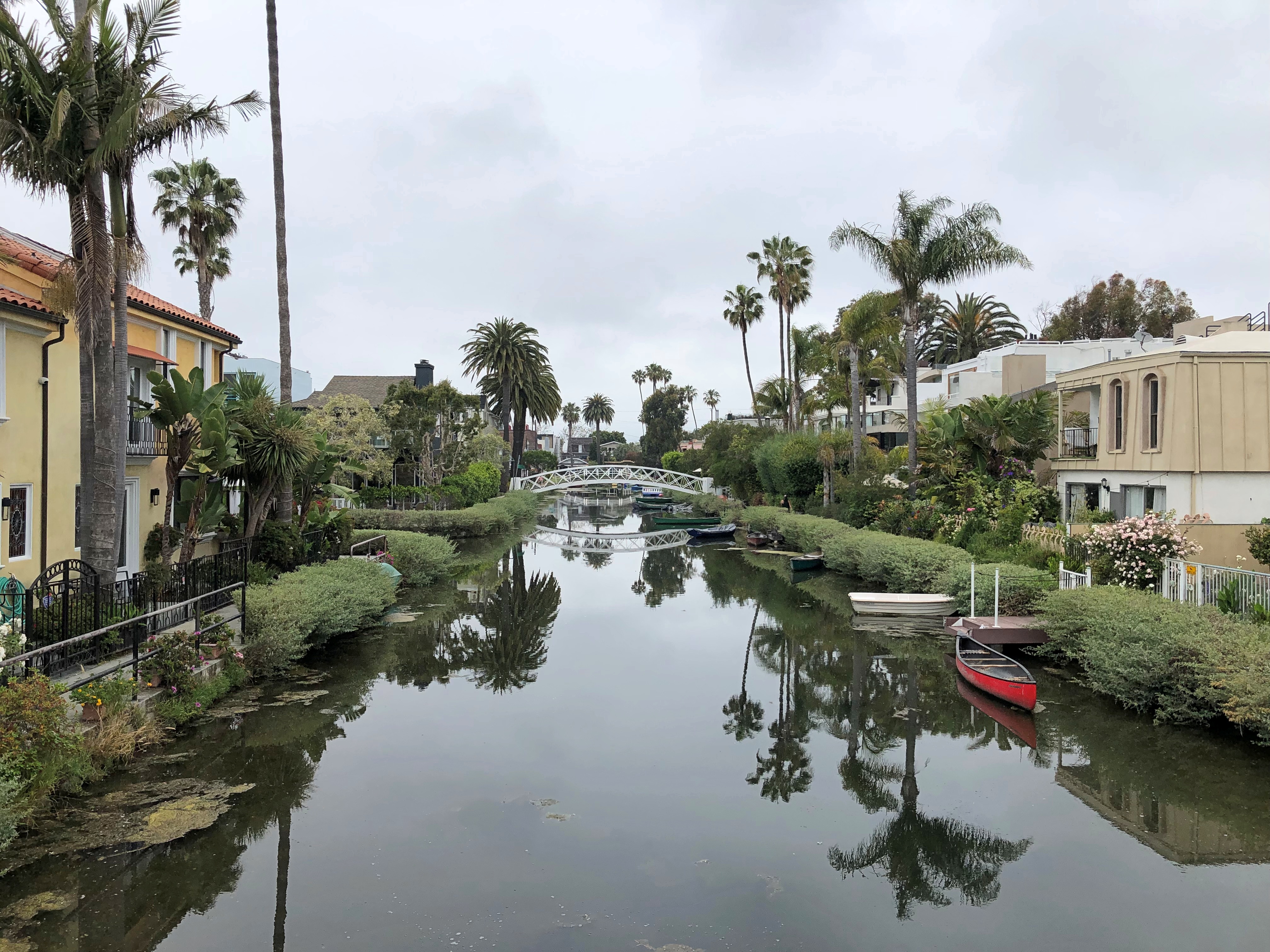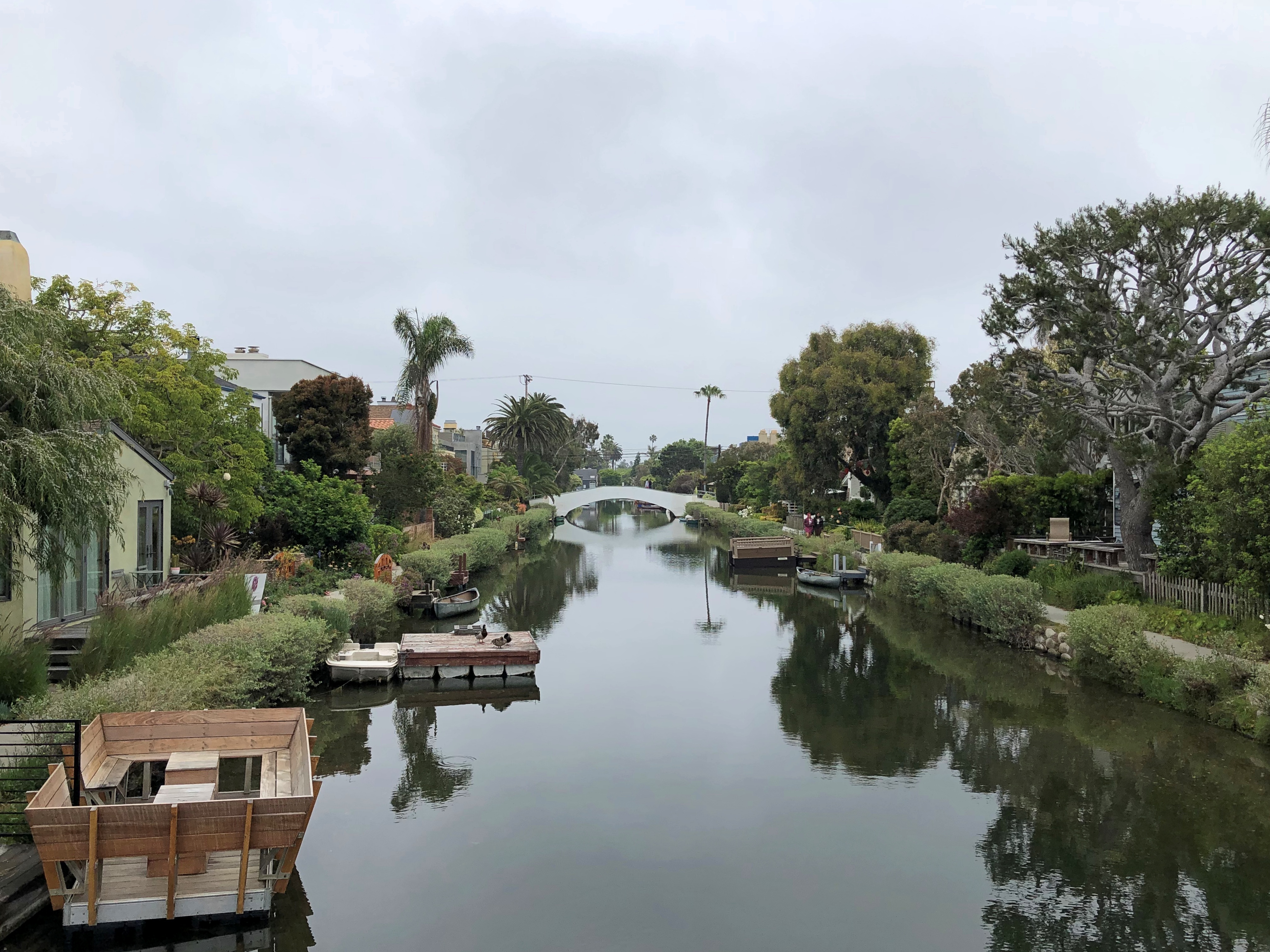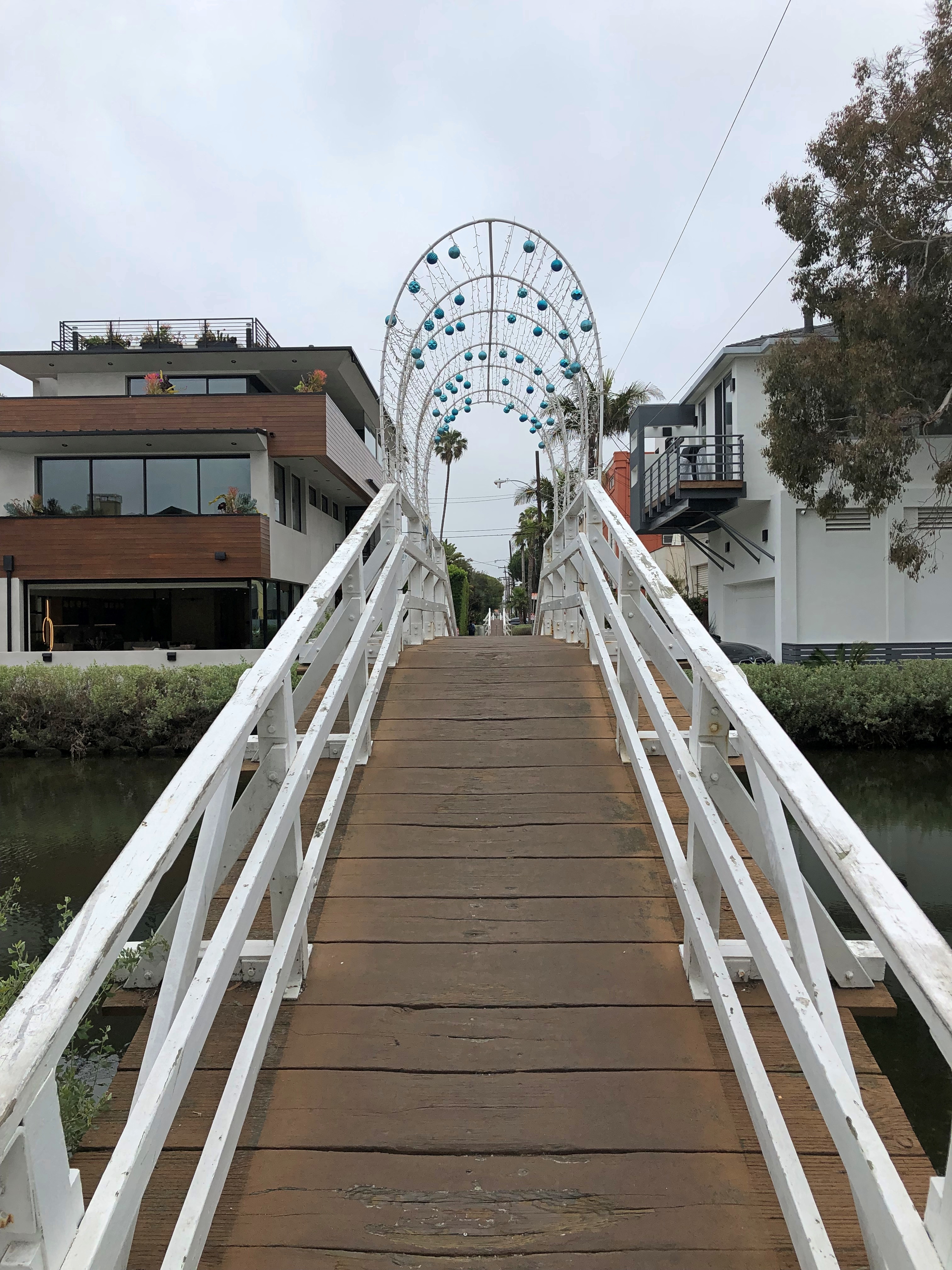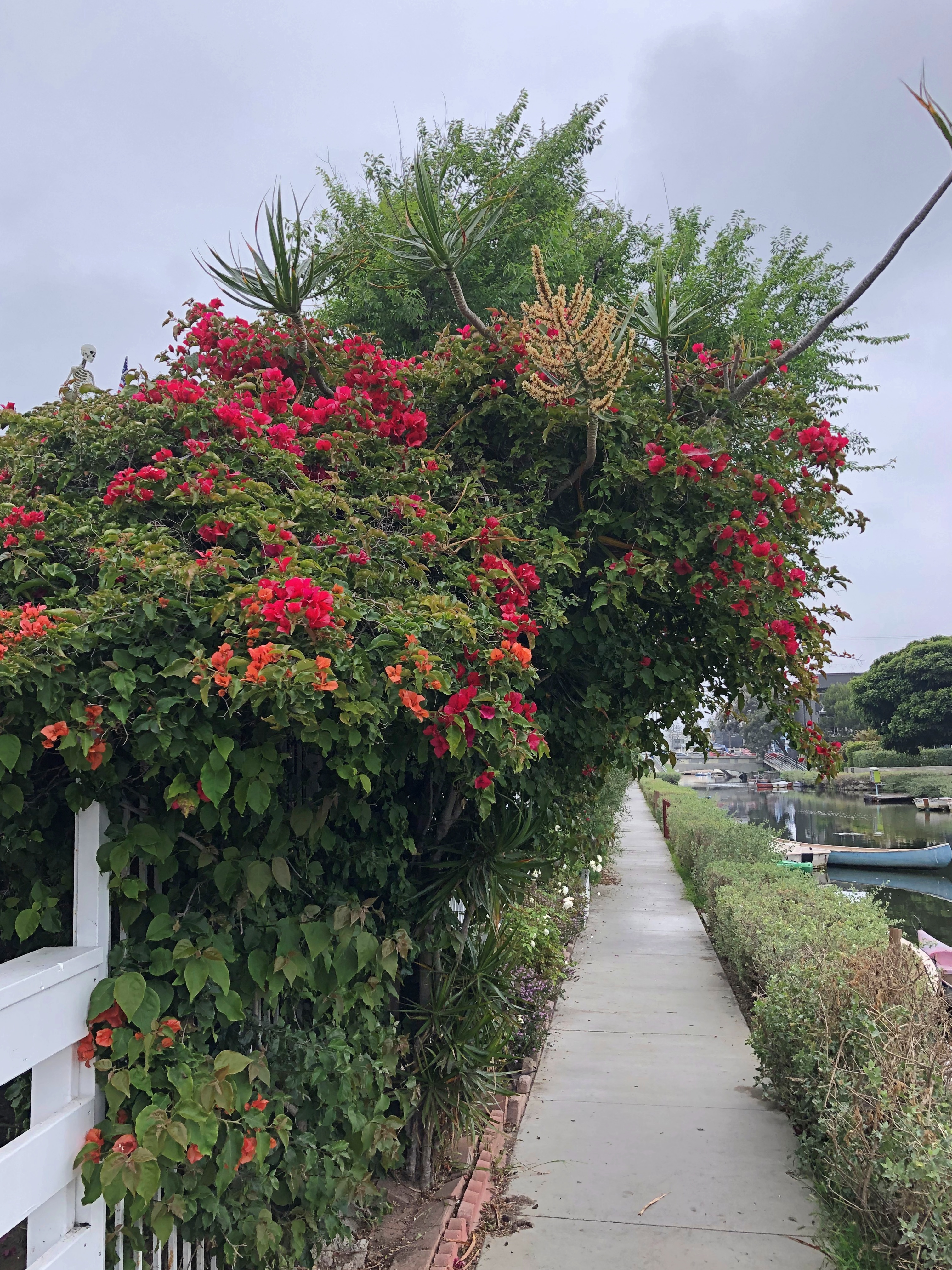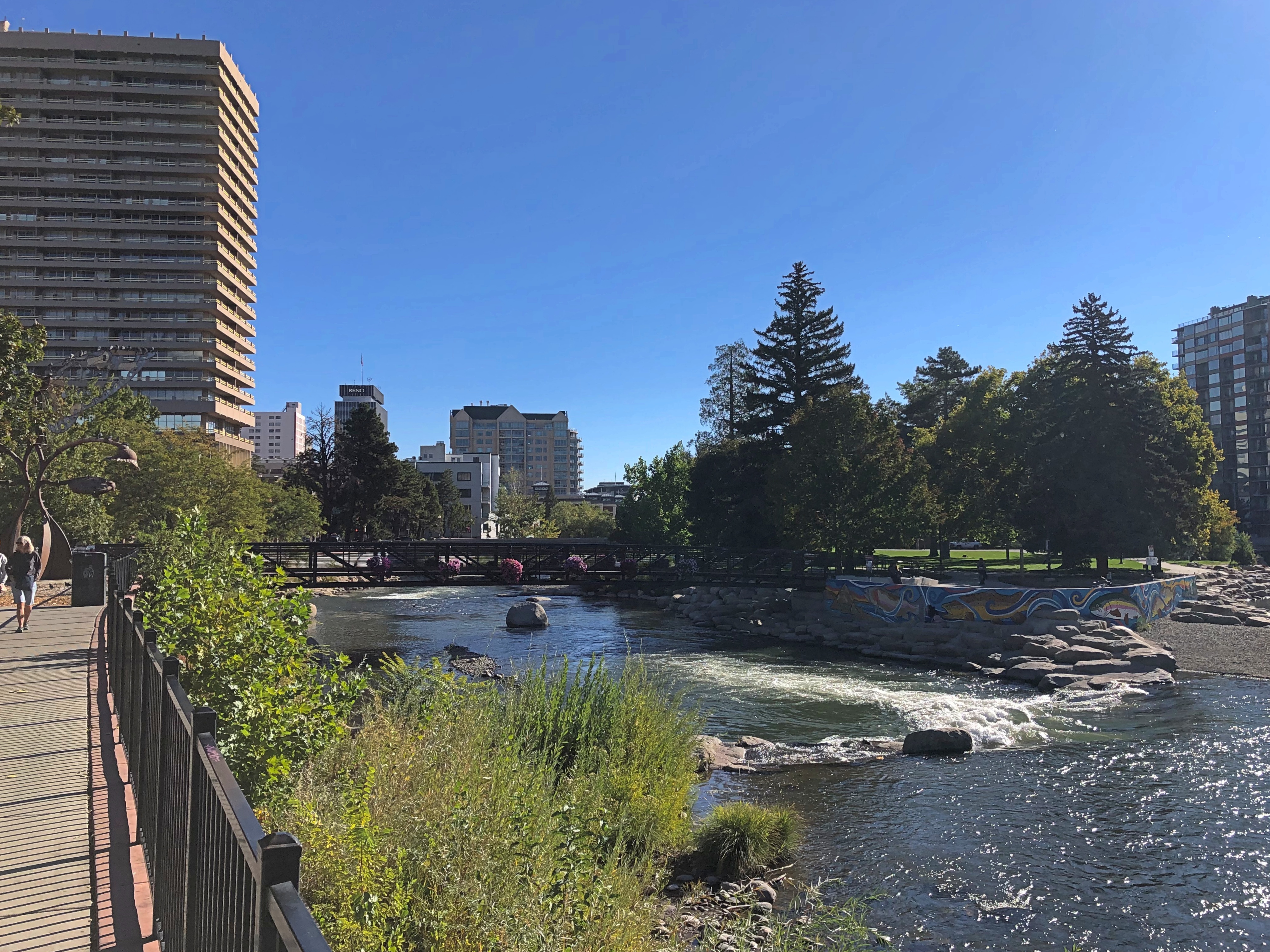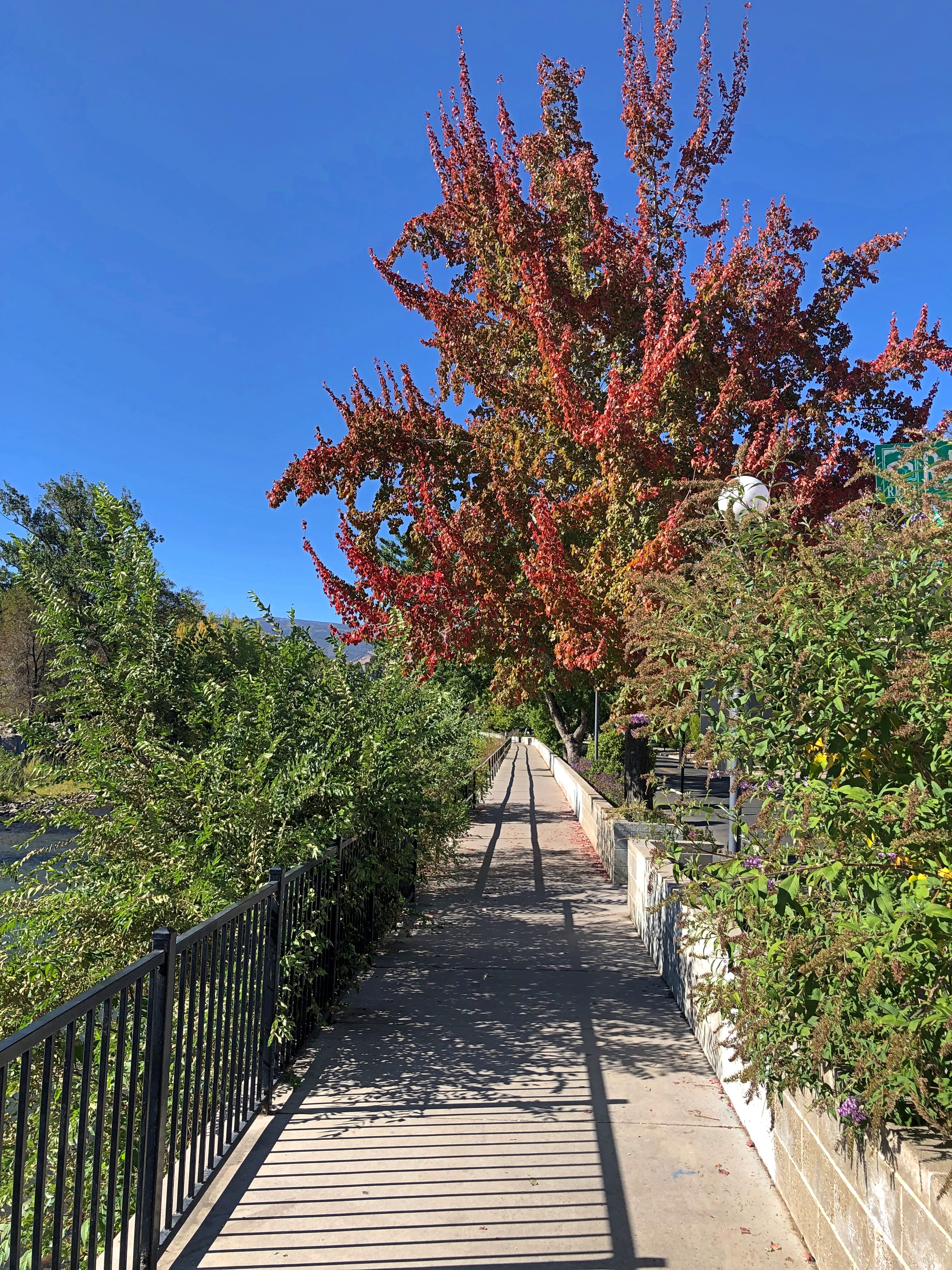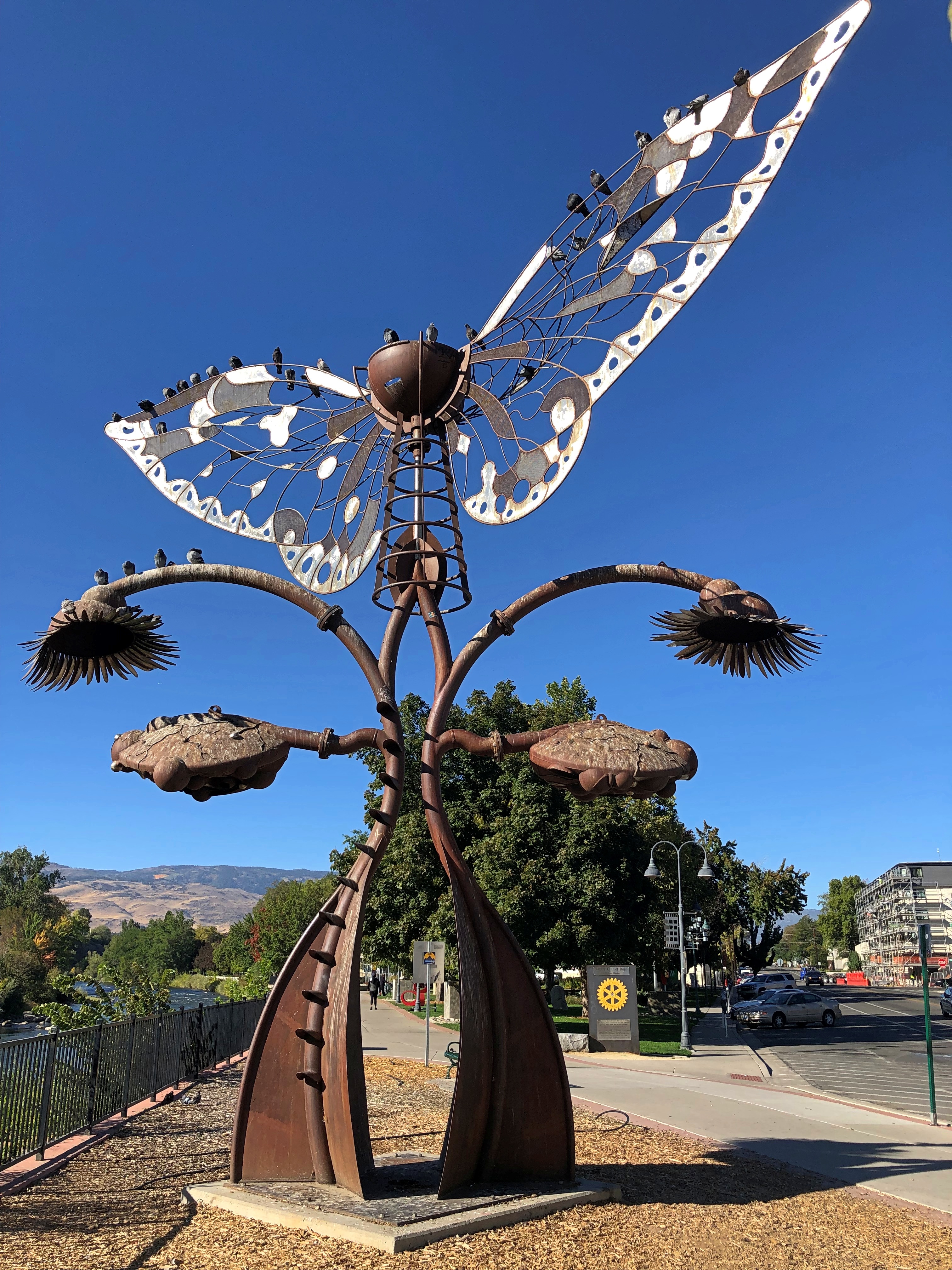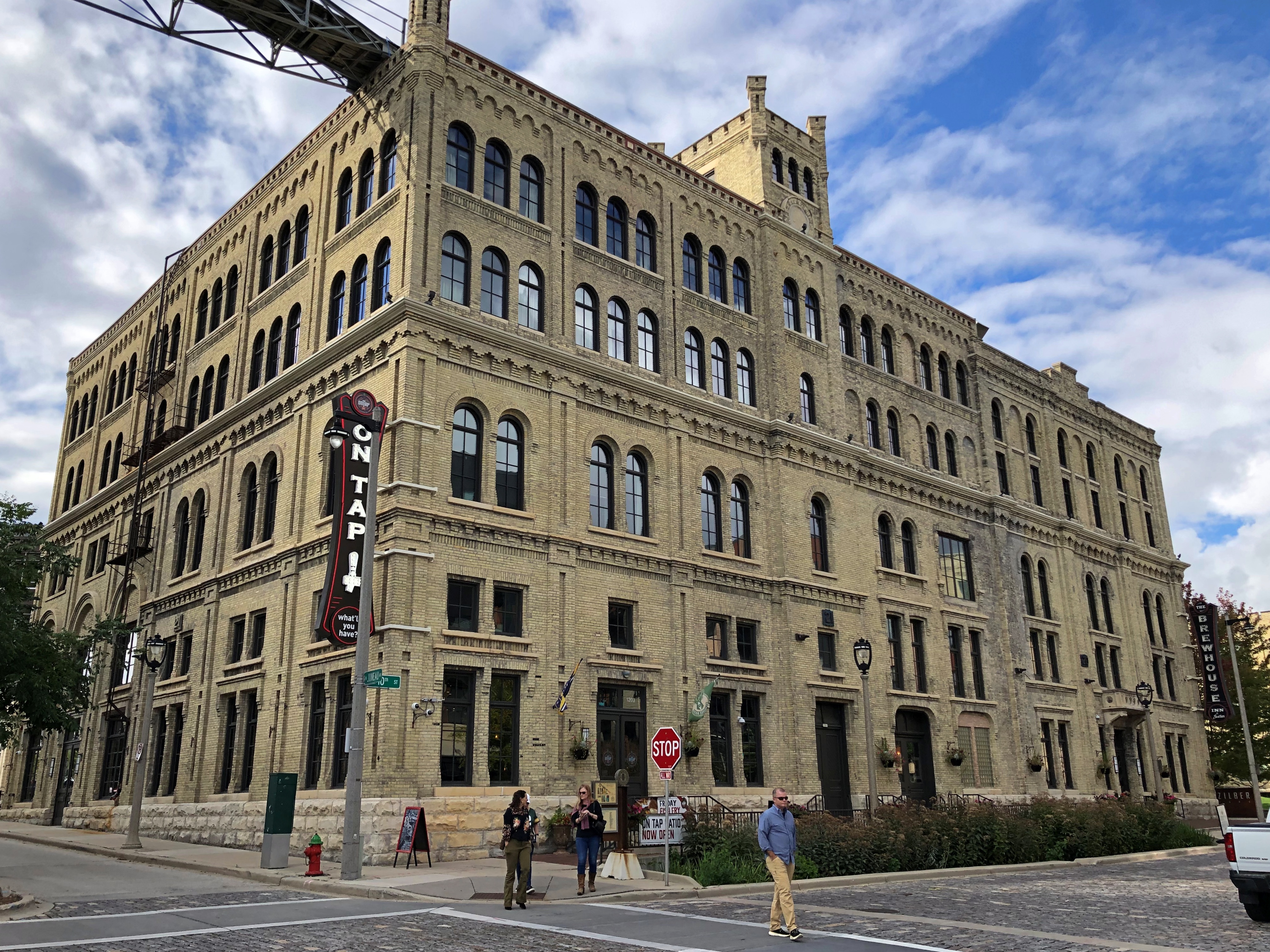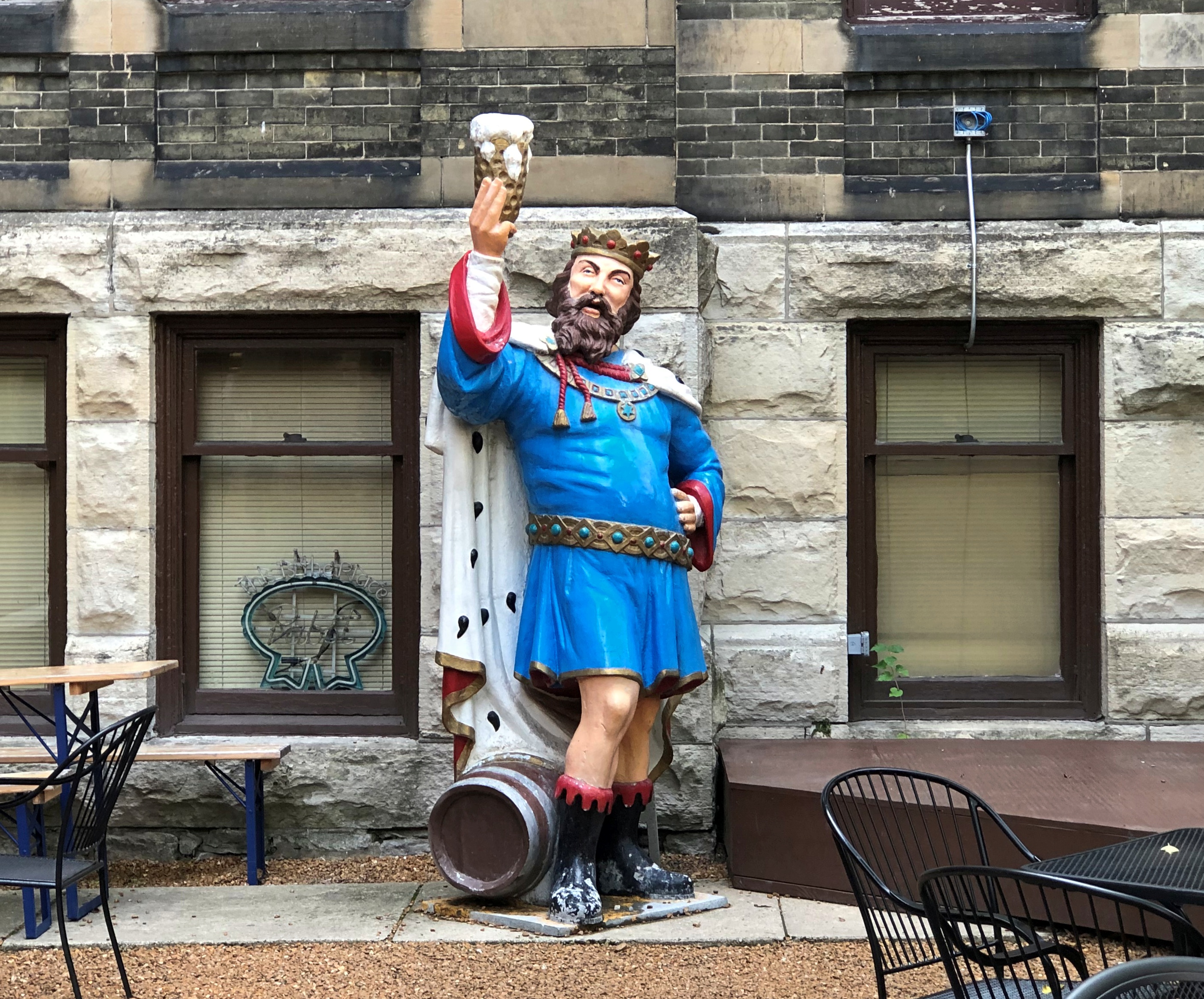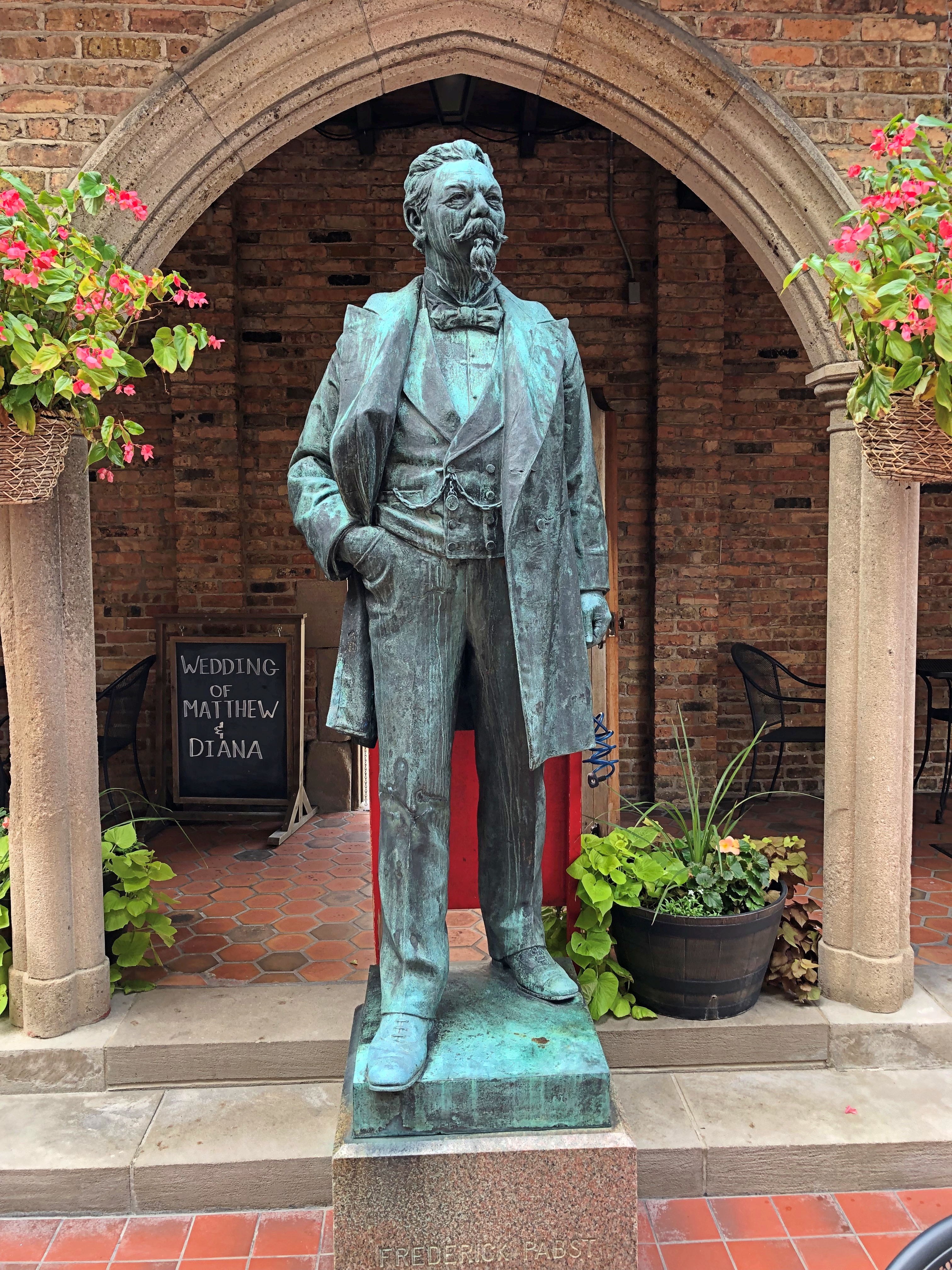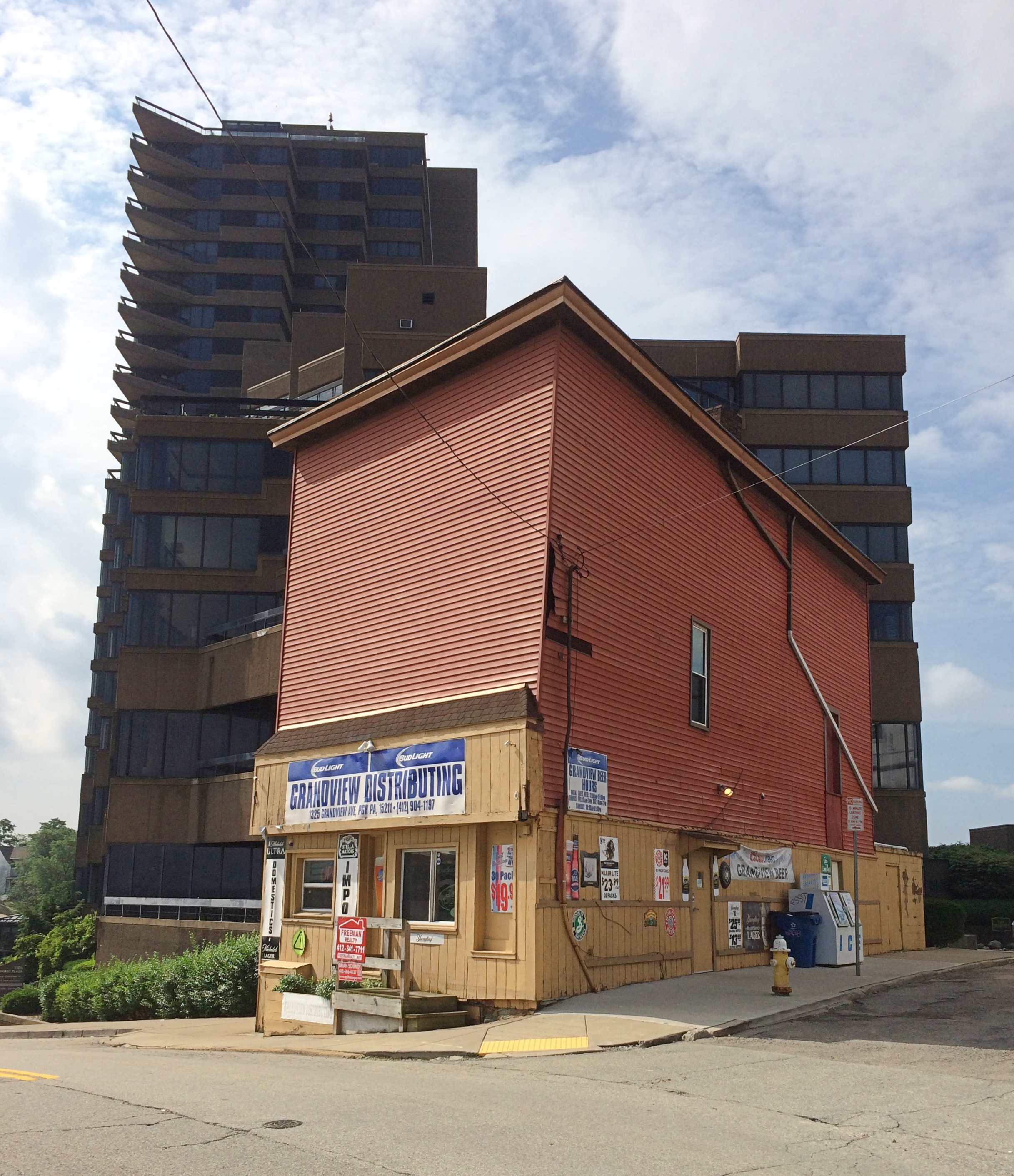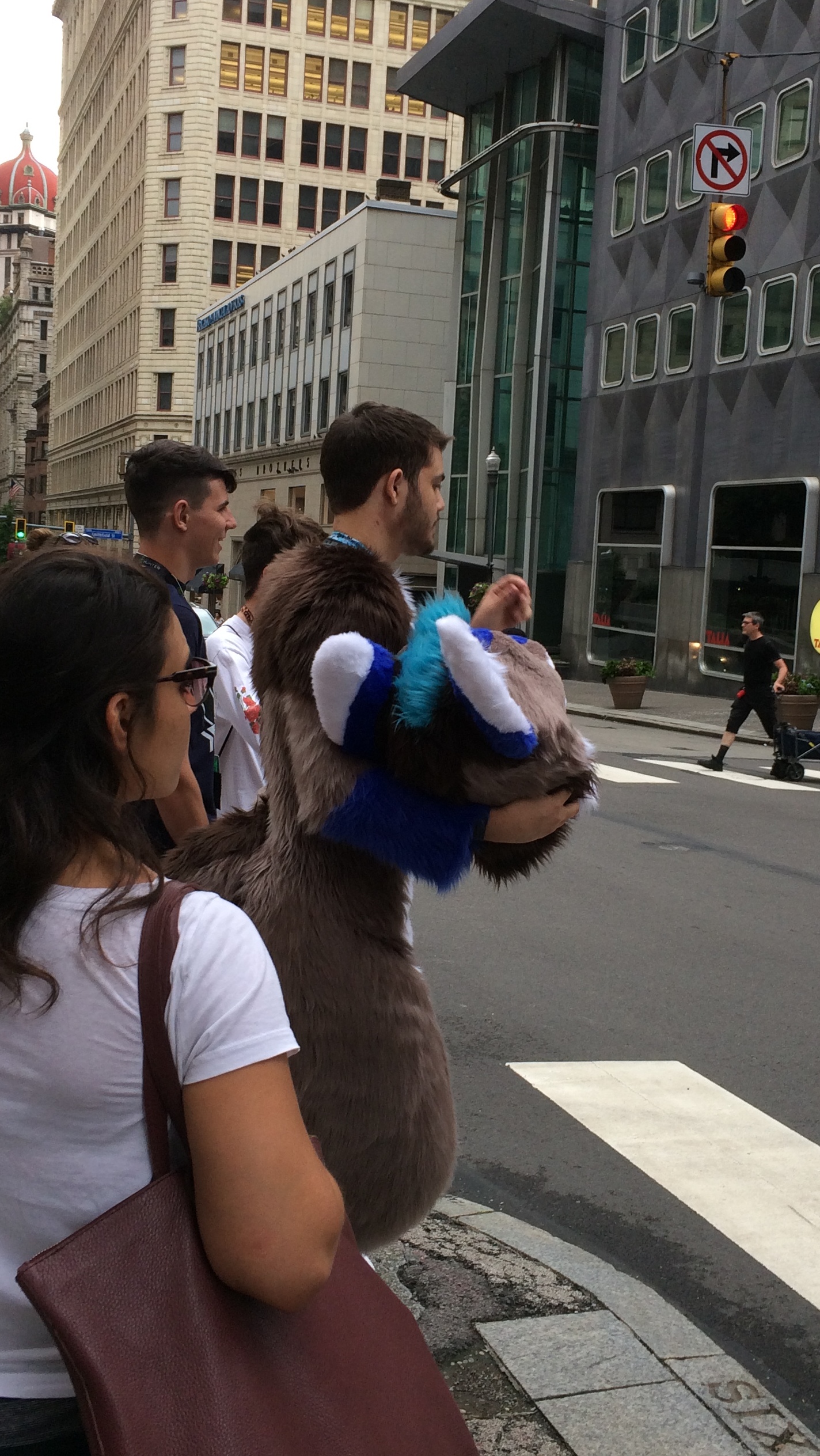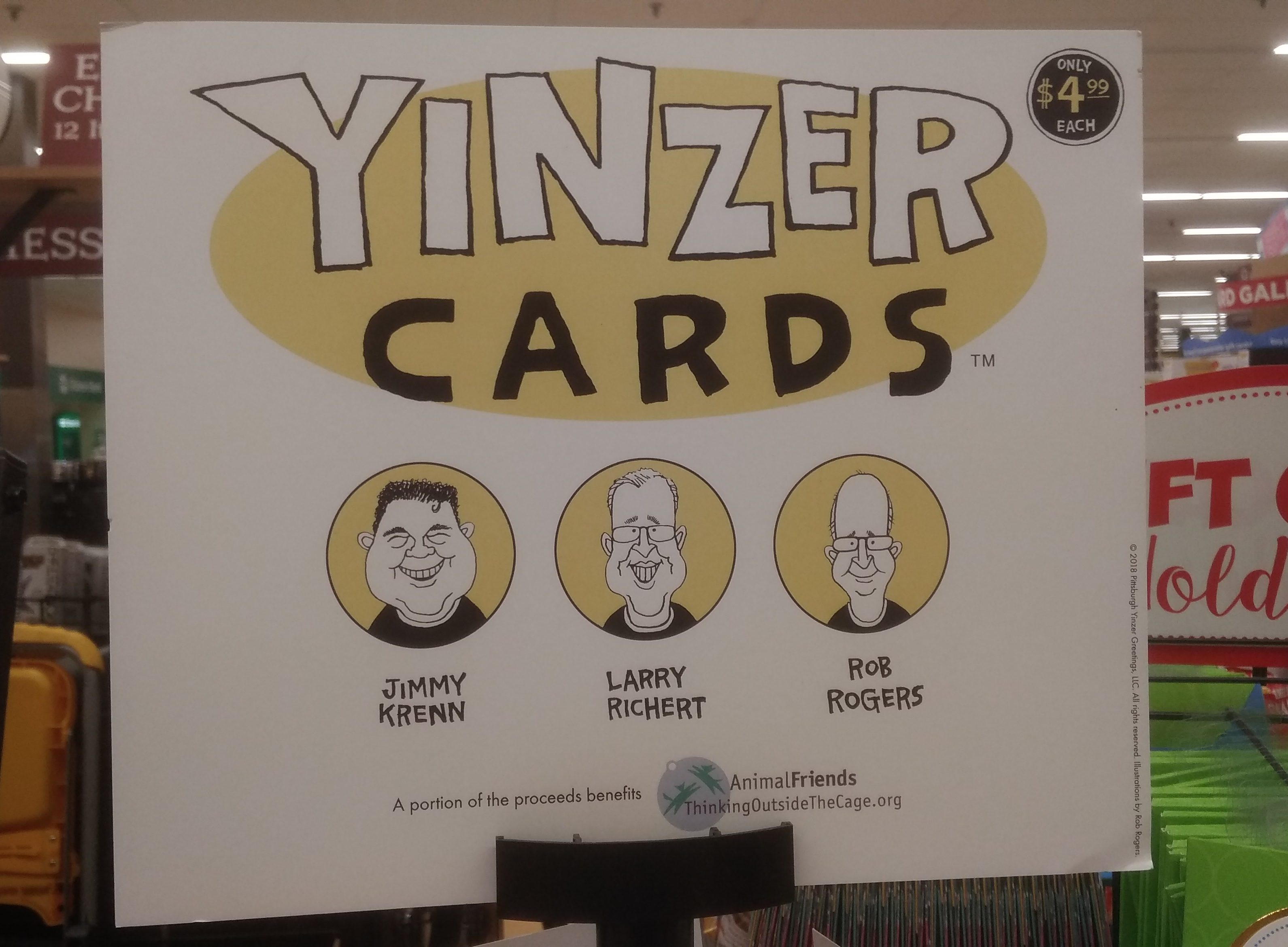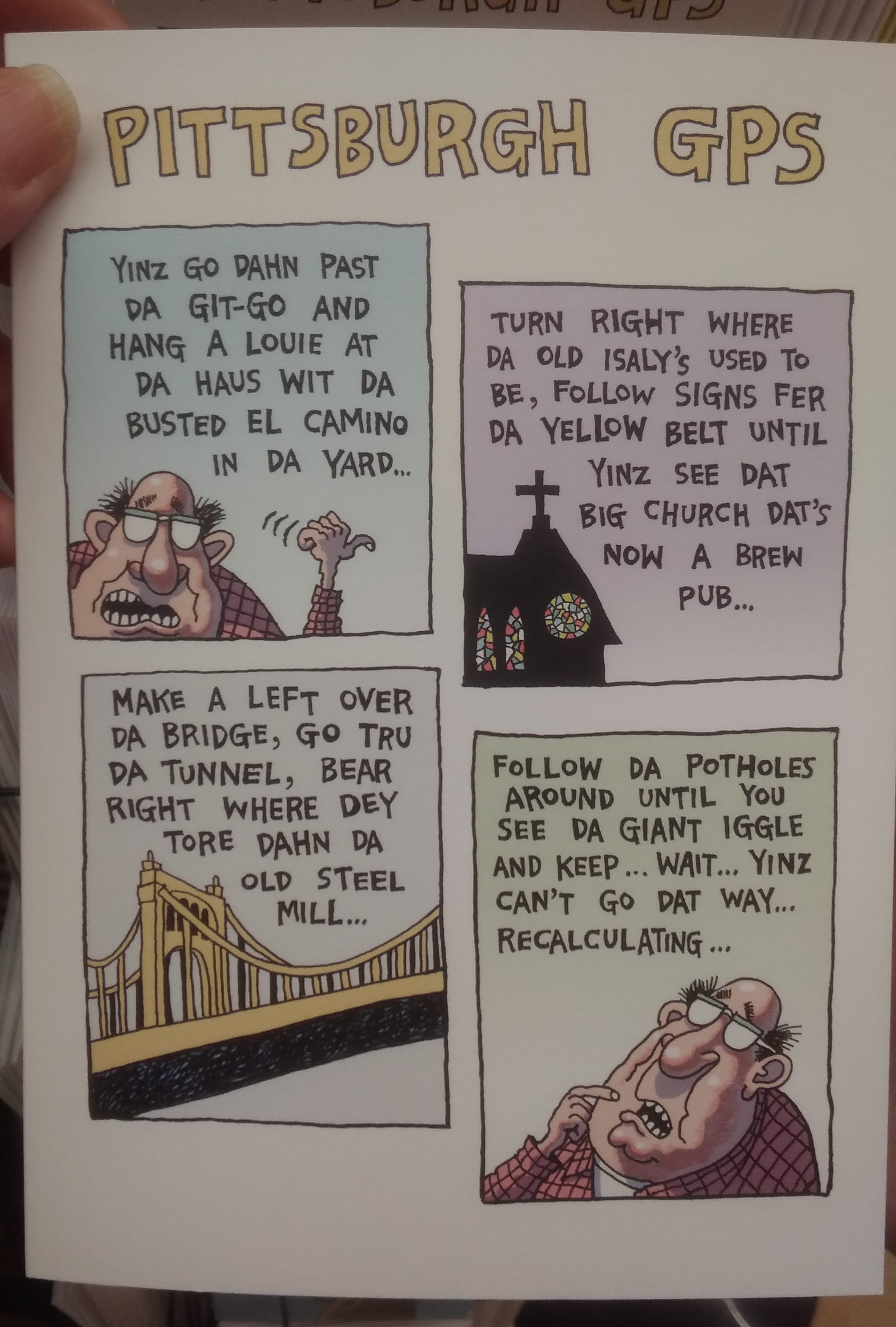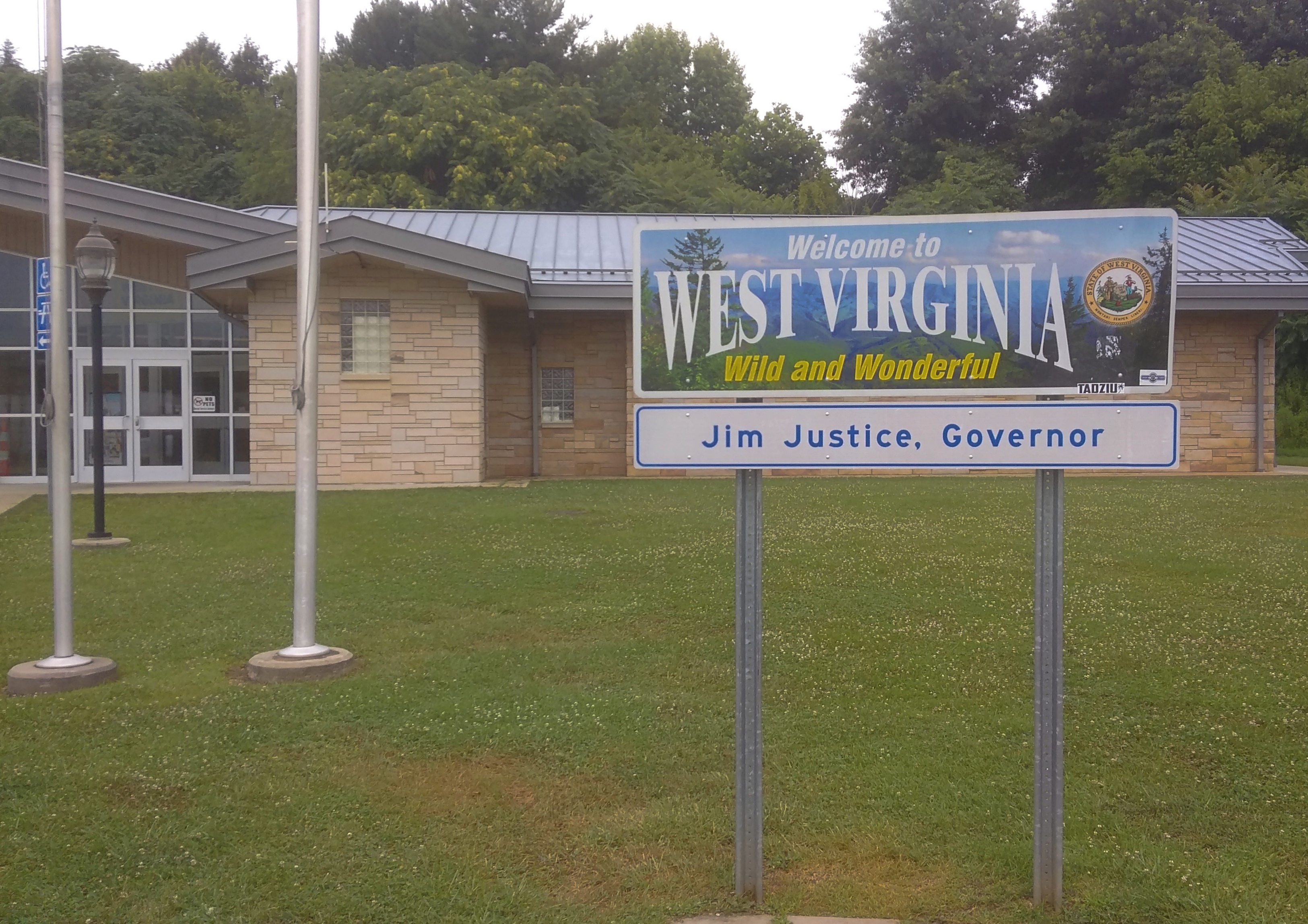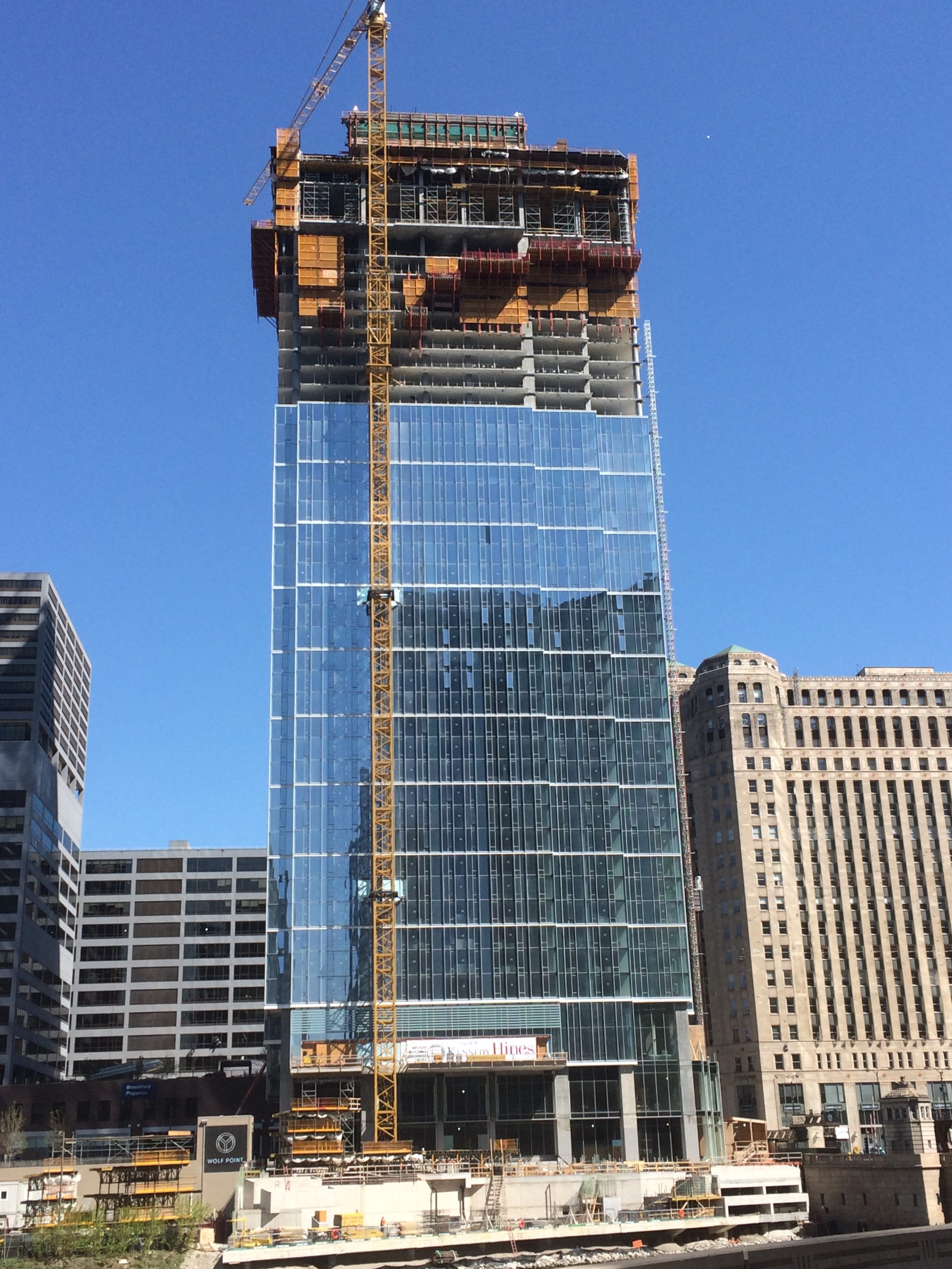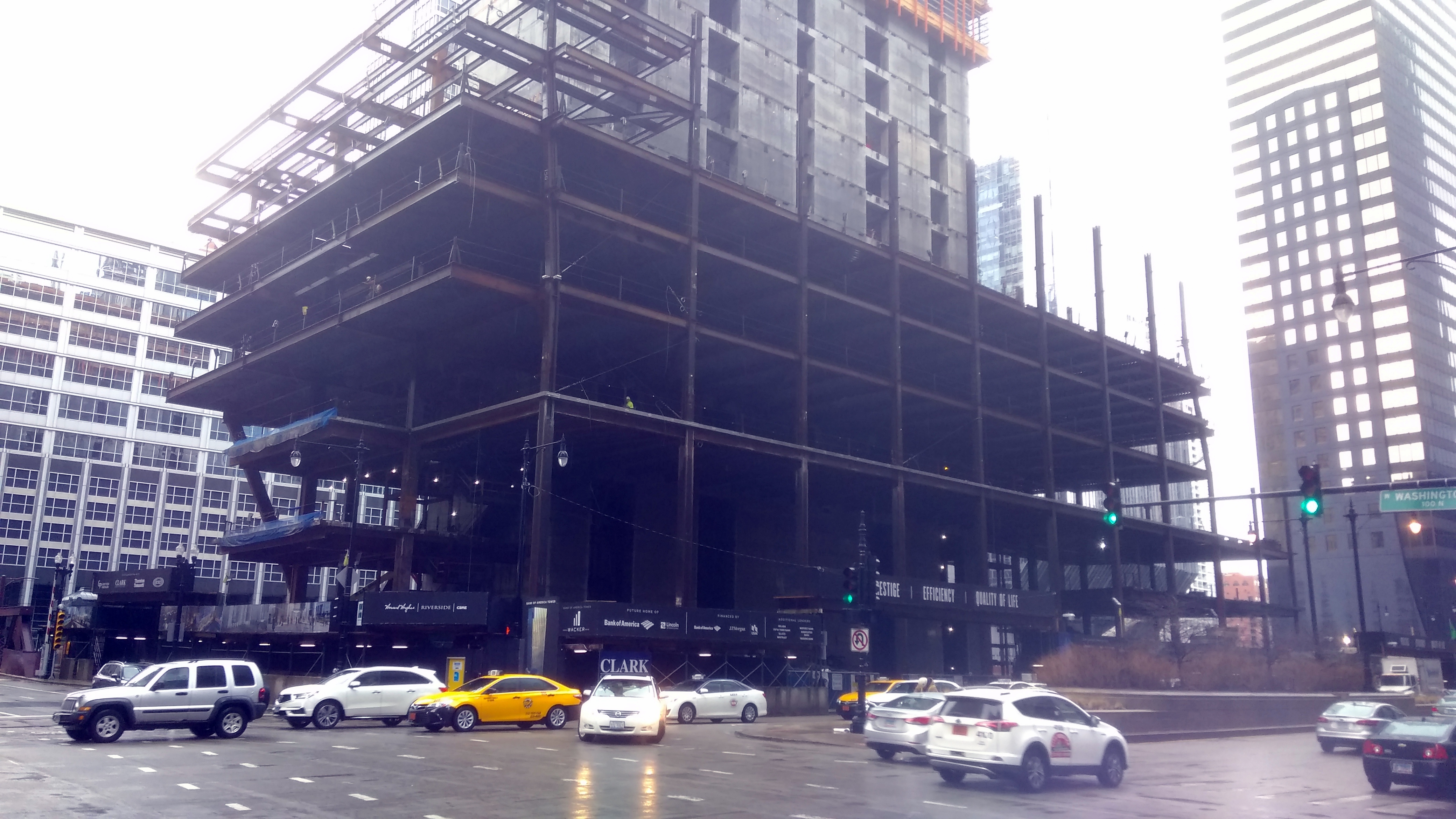Literal Texas leftovers might include barbecue brisket, chili and pecan pie. I don’t happen to have any of those on hand, unfortunately, though I’m glad to report I ate all of those and more while in Texas this month. On the other hand, I have some metaphorical leftovers.
Corpus Christi isn’t a large real estate market, but I did notice some development activity downtown. It has to be apartments with a spot of retail on the first floor.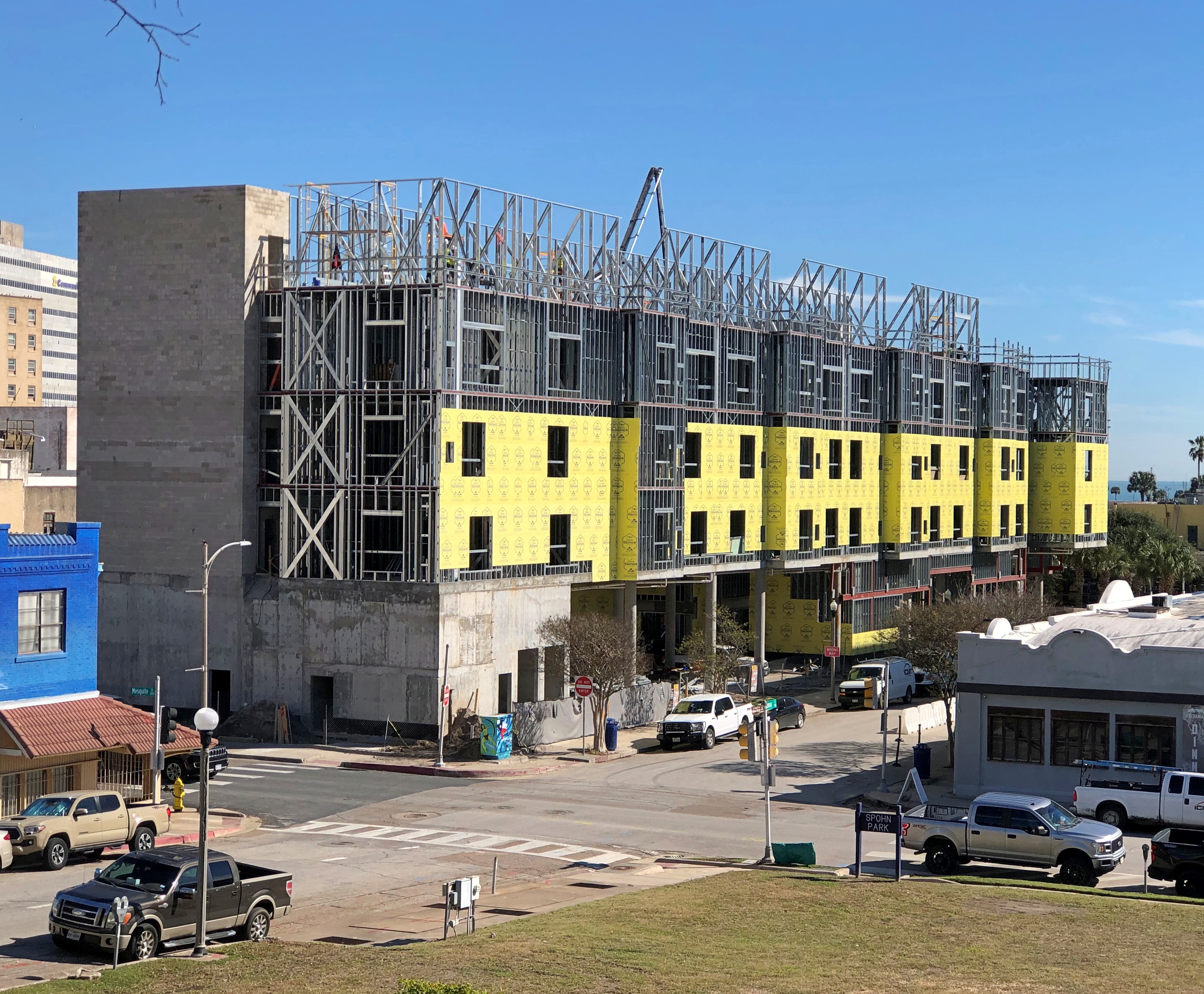
Being new, they will surely rent for more than the Corpus average of $1,575 a month for the entire range of apartments (Zillow data). Even so, the city isn’t an expensive market by current standards. Austin hipsters, take note. Go make Corpus weird.
I didn’t drink any alcohol in Texas, though I did have a couple of 0.0 brews when Tom and I watched UT go down to ignominious defeat against Ohio State in the Cotton Bowl on January 10 (ridiculously called in full the College Football Playoff Semifinal at the 89th Goodyear Cotton Bowl Classic). We watched it on a big screen at an Austin bear bar – I was one of the few male patrons without a beard, and the patrons were about 90 percent male – and most of the rest of the crowd weren’t participating in dry January. If Texas had won, there might have been a jubilant sports riot on the streets of Austin that night, but it was not to be.
No beer for me, but plenty of beer neon.
Good old Shiner. As Texas a beer as you could ask for. Touring the brewery might be nice someday, but for $30? (I checked.) I don’t know about that, Shiner.
An aged Lone Star manhole cover in San Antonio.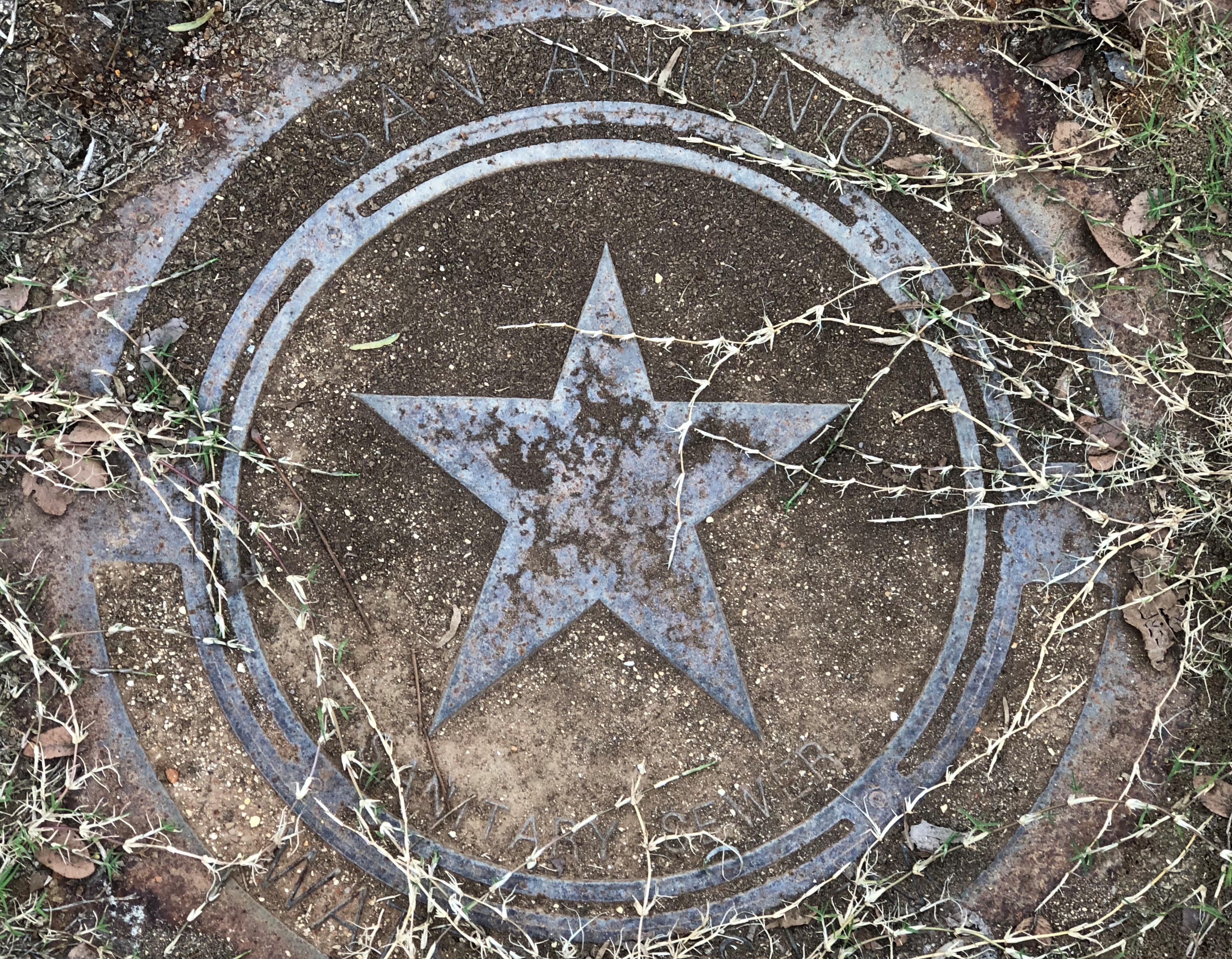
Also in San Antonio, a church I’ve never been in, but have passed by countless times: Sunset Ridge Church of Christ. This time I stopped for a picture, since it’s a handsome church.

Another one I’ve passed countless times, and decided to take a slightly longer look this time.
On the drive between San Antonio and Dallas, we went pretty much straight through on I-35, except for bypassing Austin by way of Texas 130, which costs extra but gives good value in that you don’t have to deal with the molasses that is traffic on I-35 through Austin. North of Austin, and back on the interstate, we stopped at the Bell County Safety Rest Area, which is fairly new, opened in 2008.

TexDOT says that “the architectural design was inspired by the many grist mills that once stood along nearby Salado Creek.”
There are exhibits there about the Chisholm Trail — “the greatest migration of livestock in history,” the sign says — and the Jerrell Tornado strike of May 27, 1997, an F5 monster that killed 27 and destroyed much of the town of Jerrell, which isn’t far to the south of the rest stop. True to its designation as a safety rest area, there’s a tornado shelter inside the facility. Its door was propped open with a rock, so I went in for a look. On the wall was illustrated detail about the deadly tornado. May 27, 1997, was a good day to be somewhere else.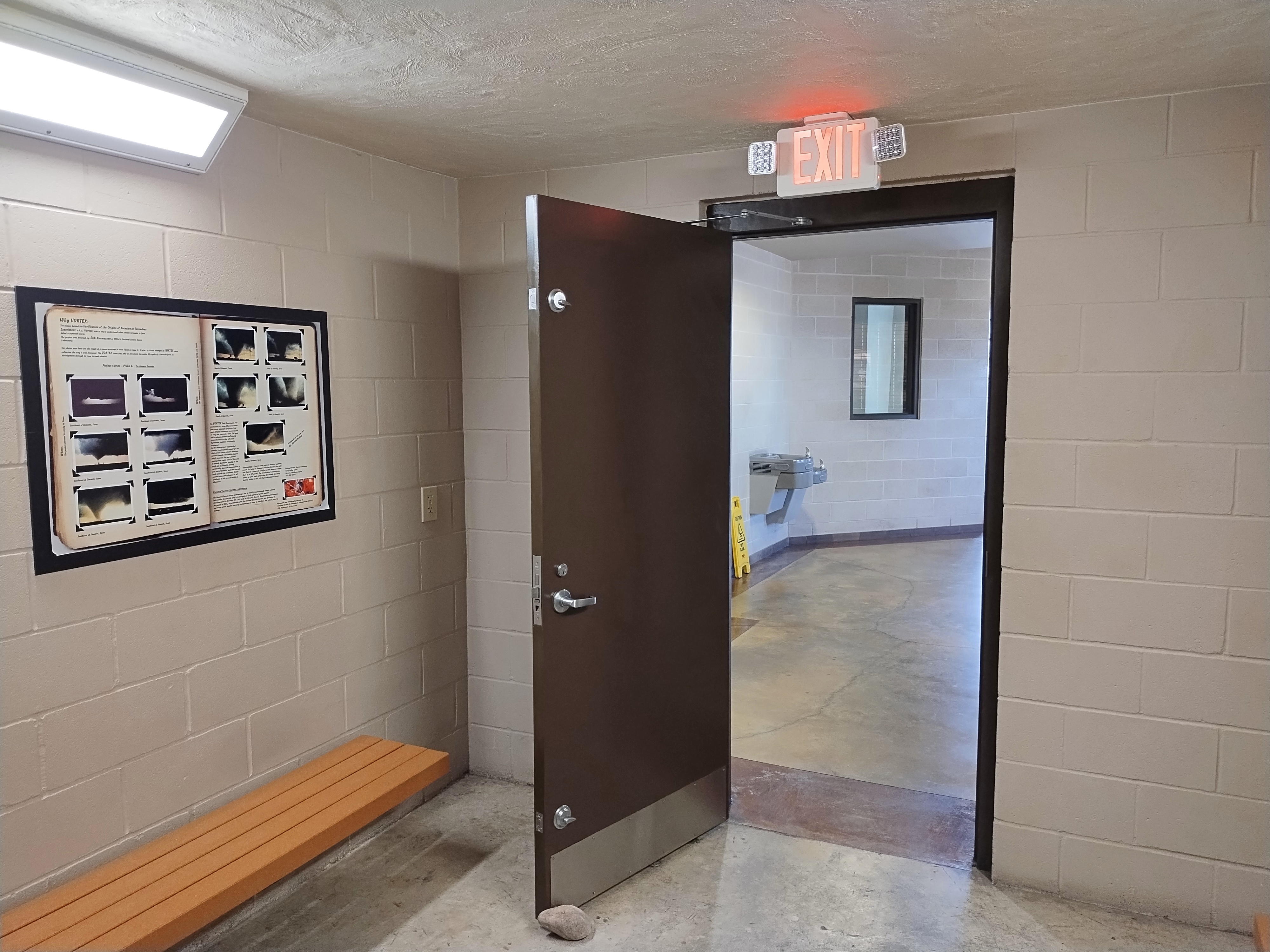
The day we visited was a windy, but fortunately not that windy.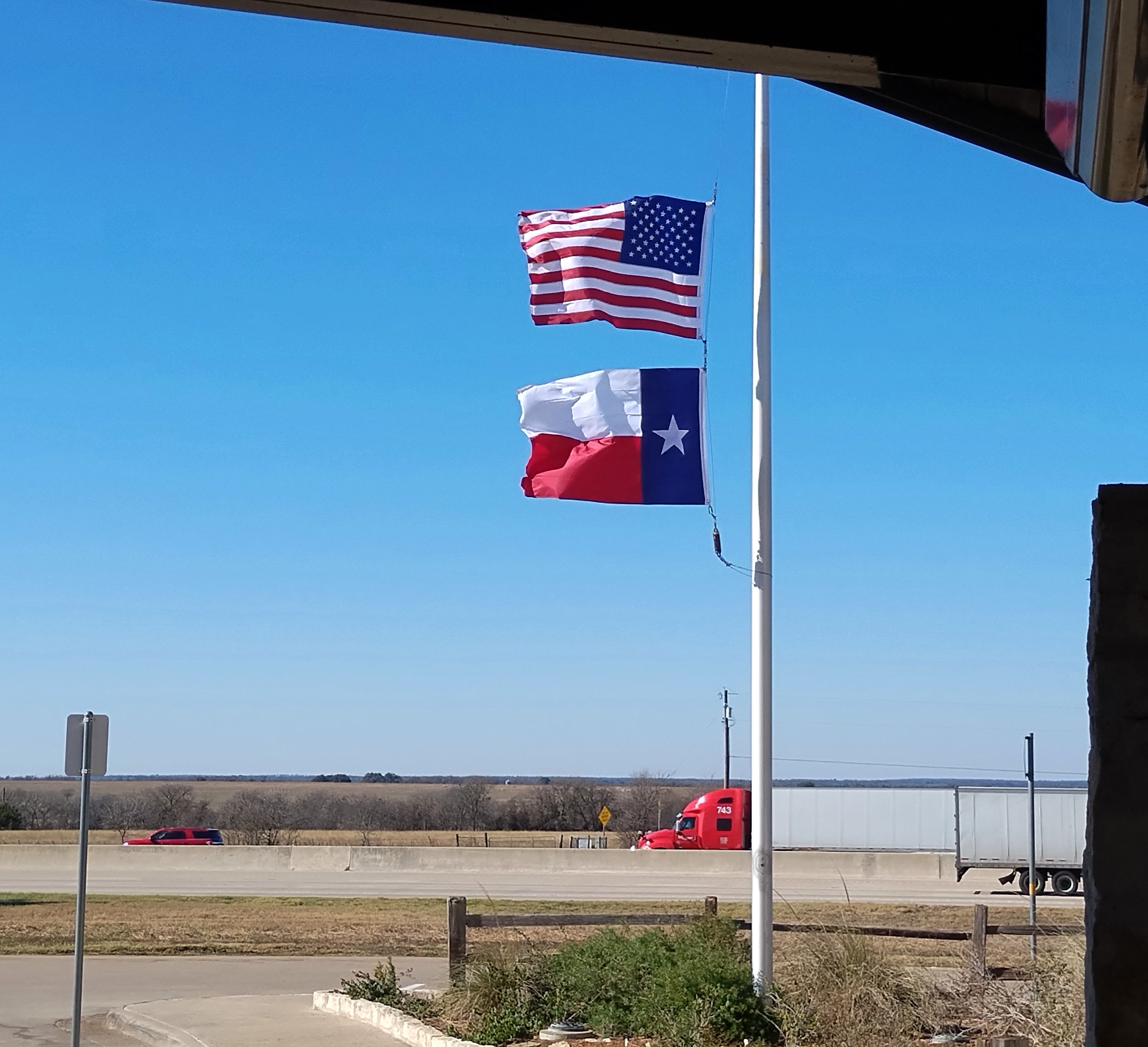
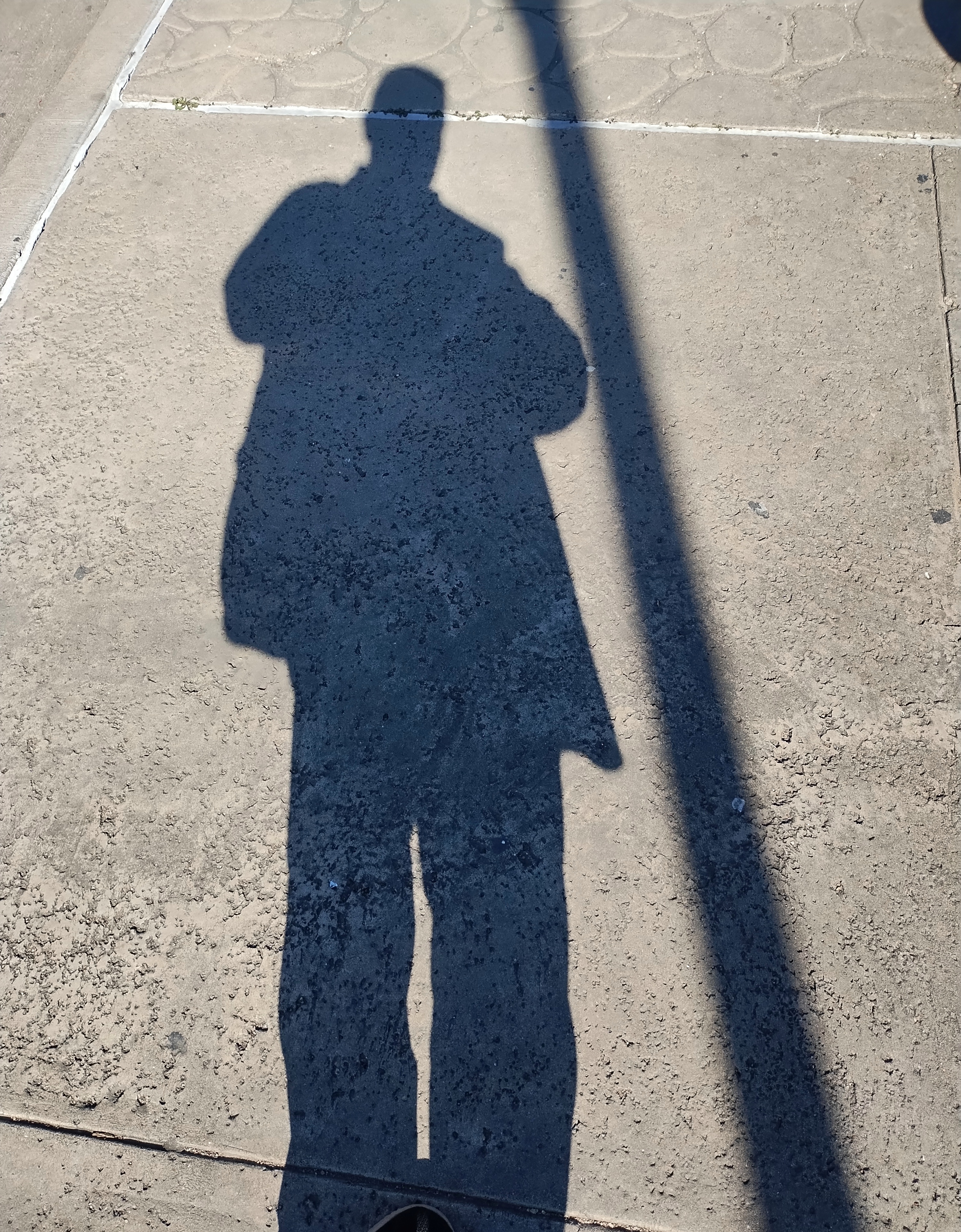
Just enough to kick the half-mast flags into motion in the low afternoon sun.











